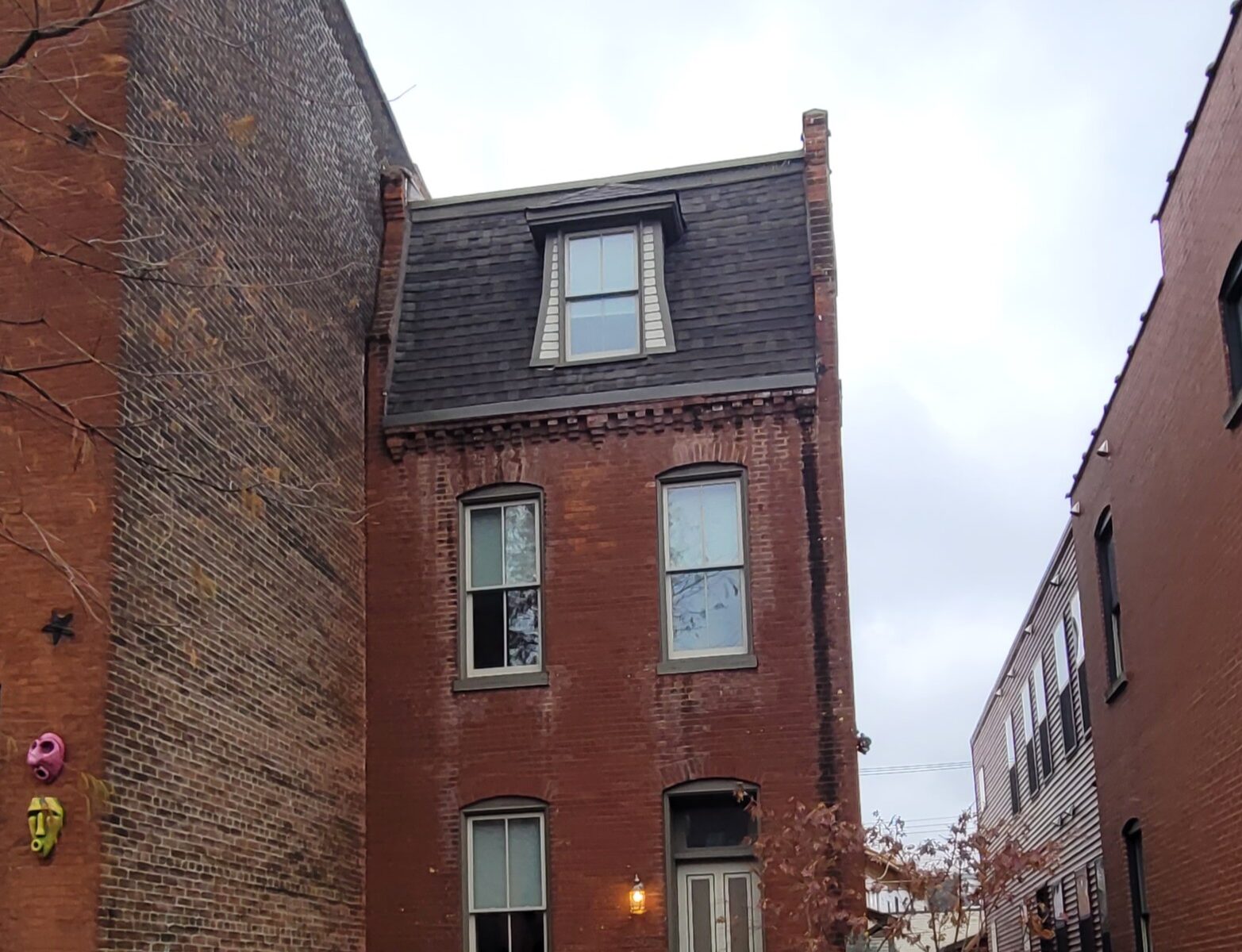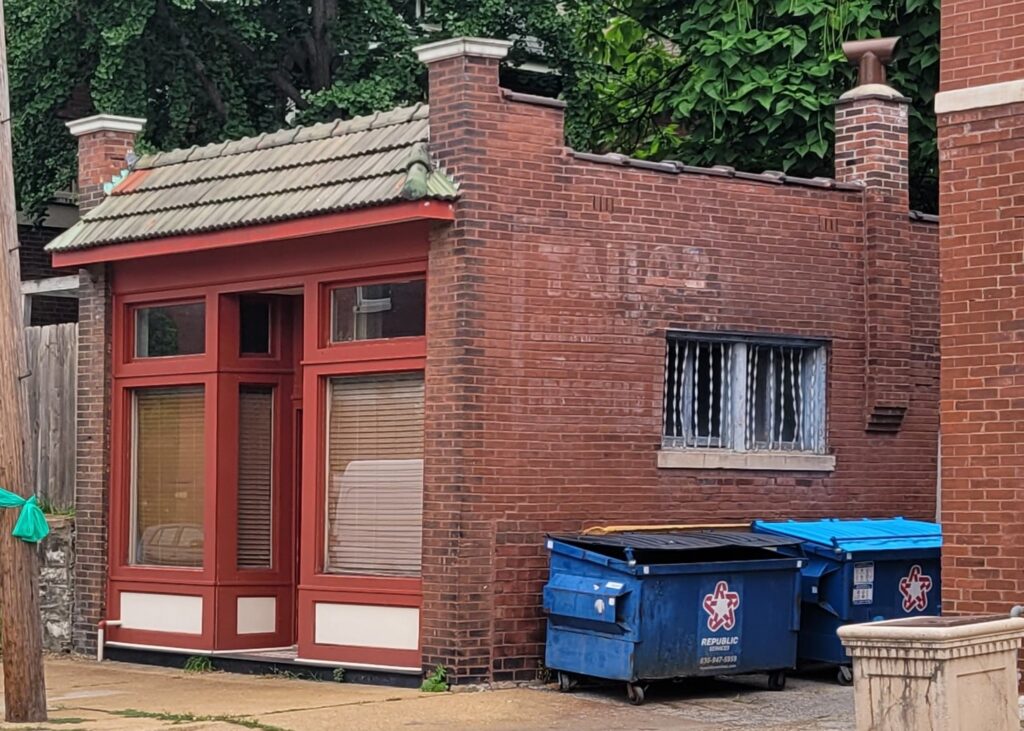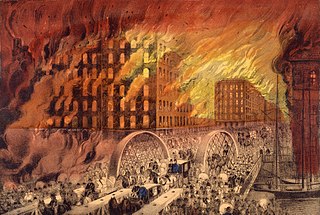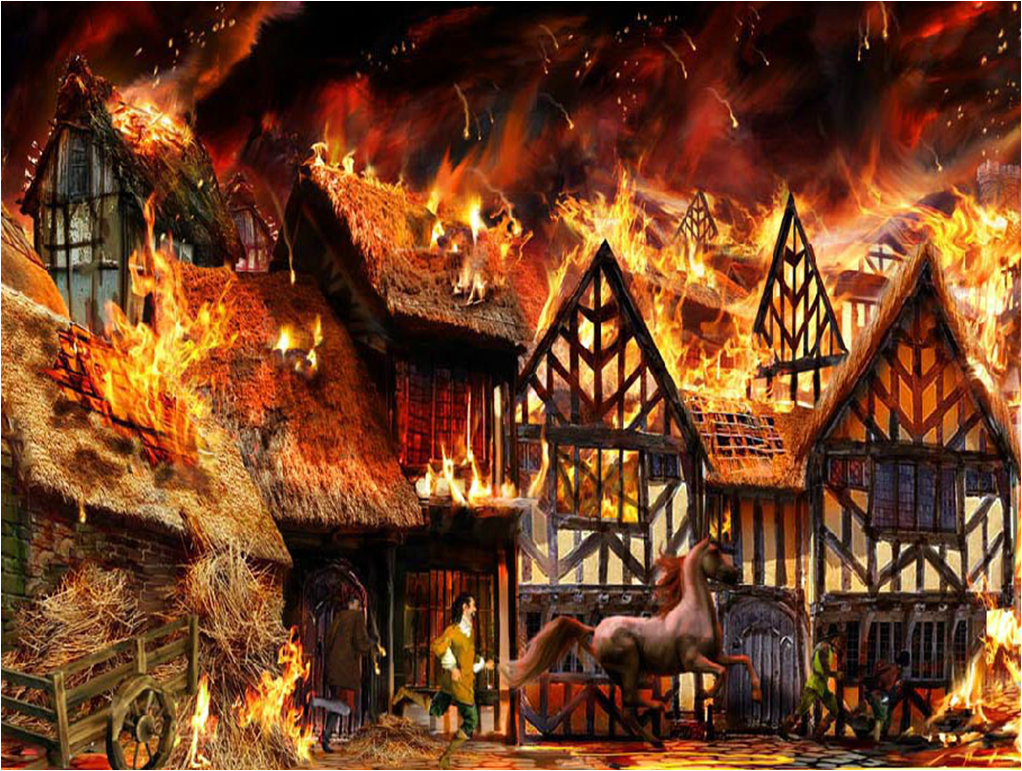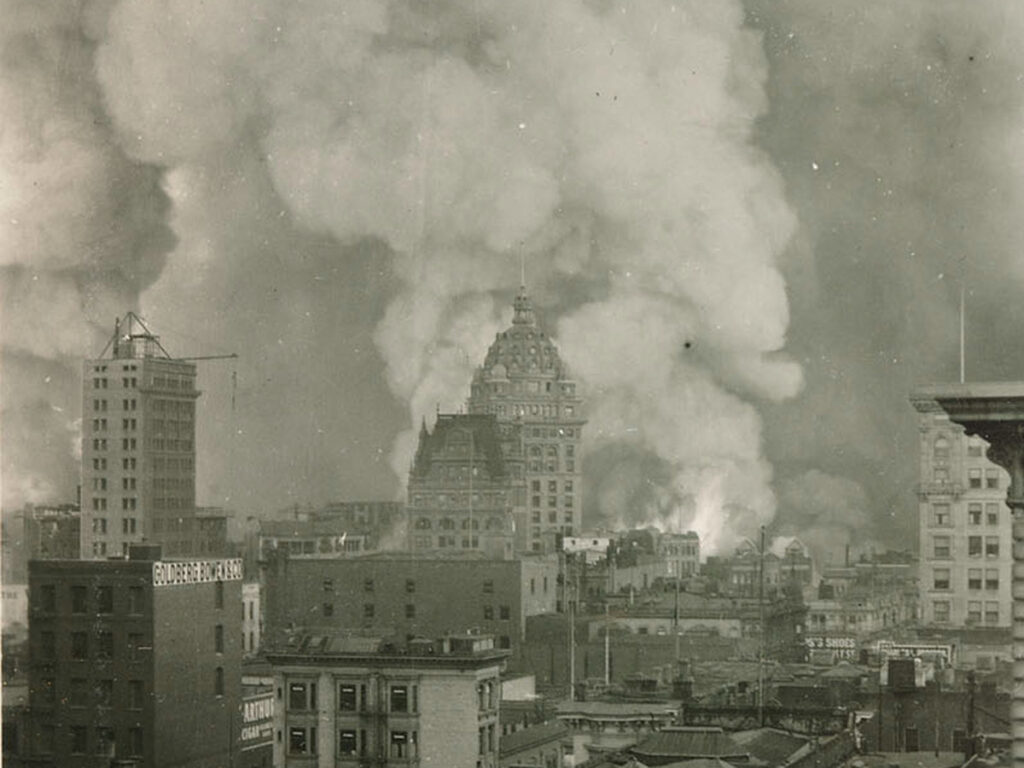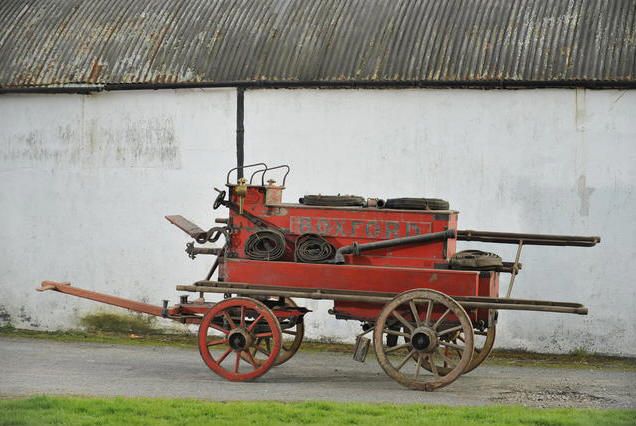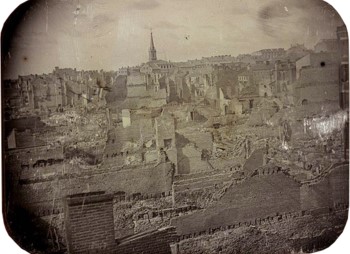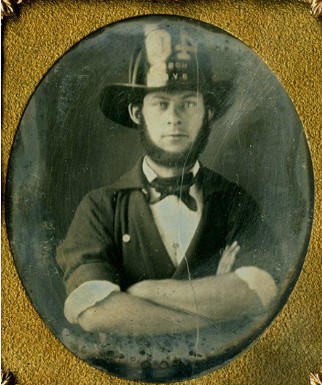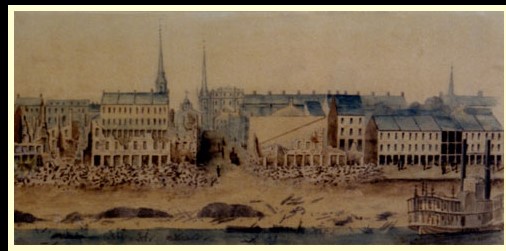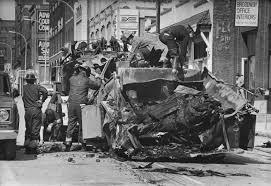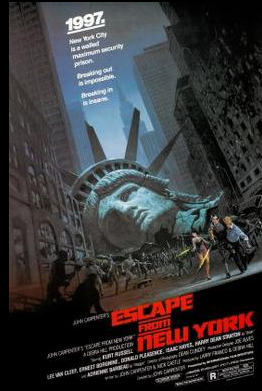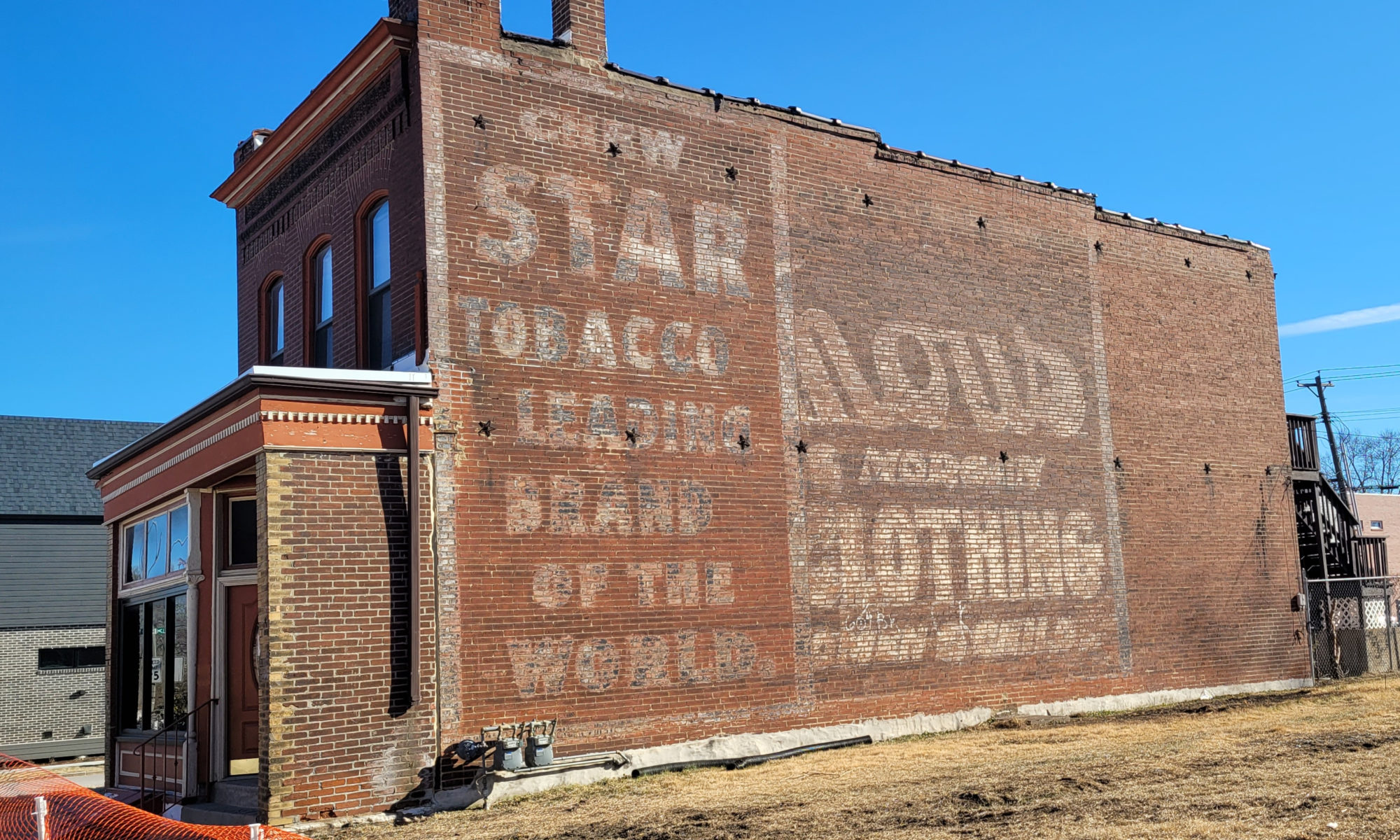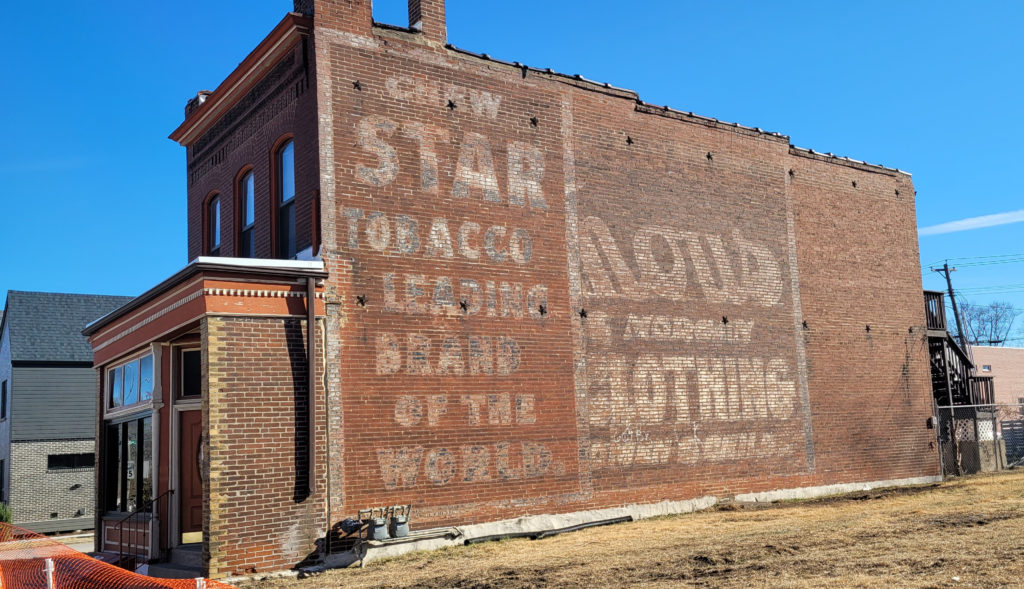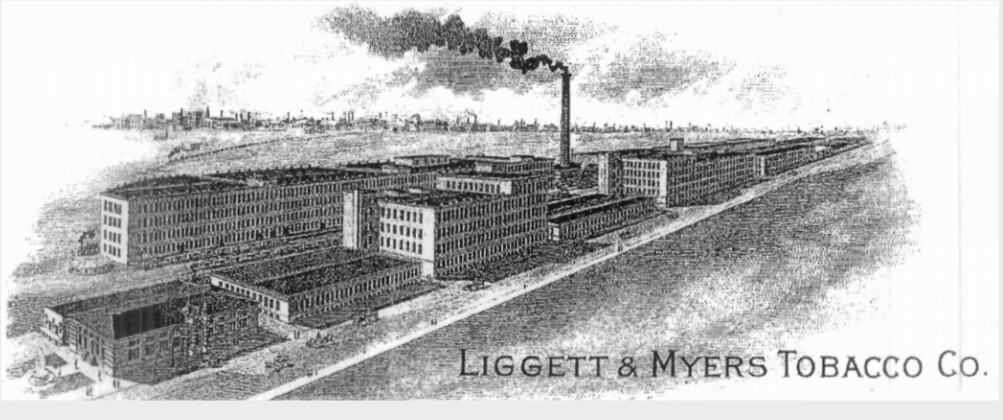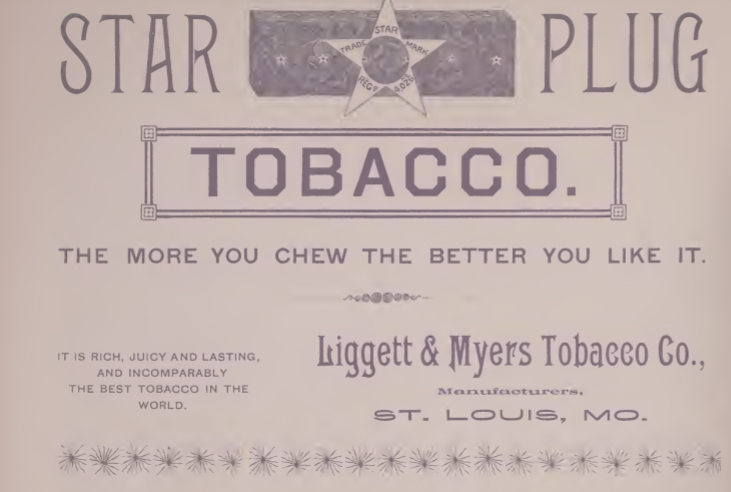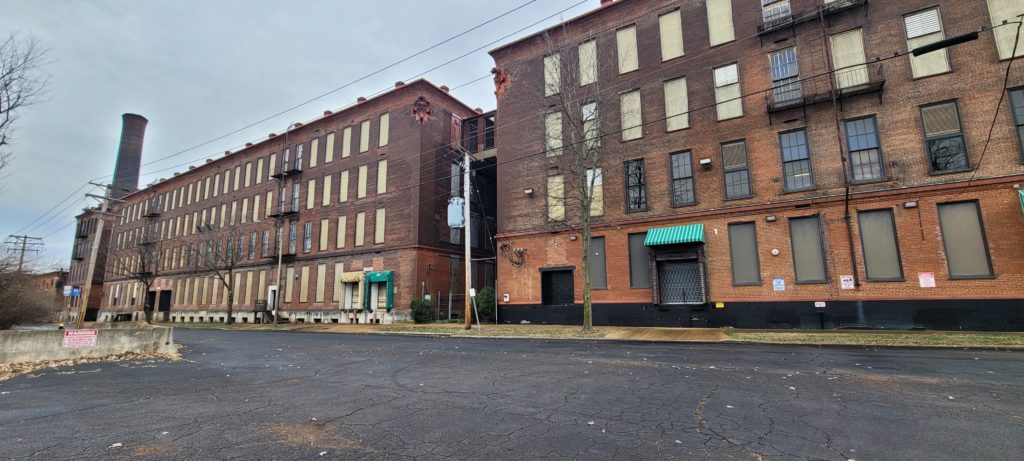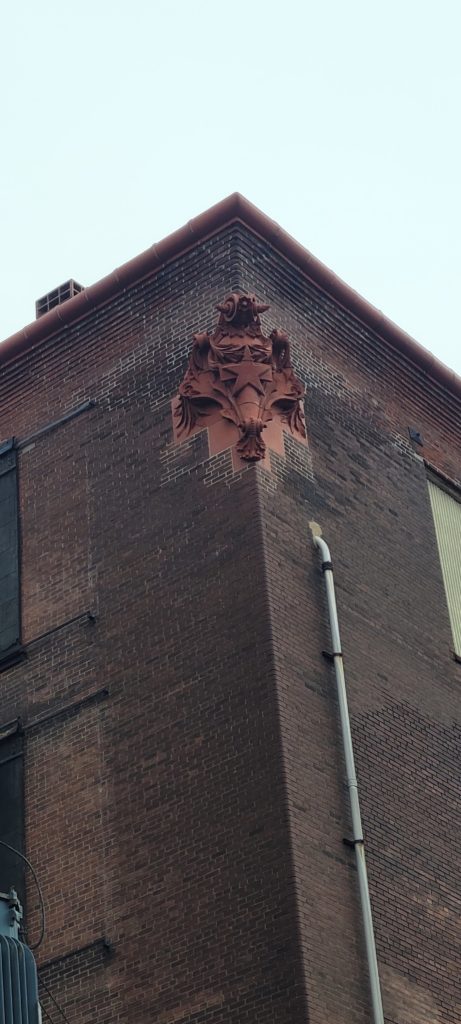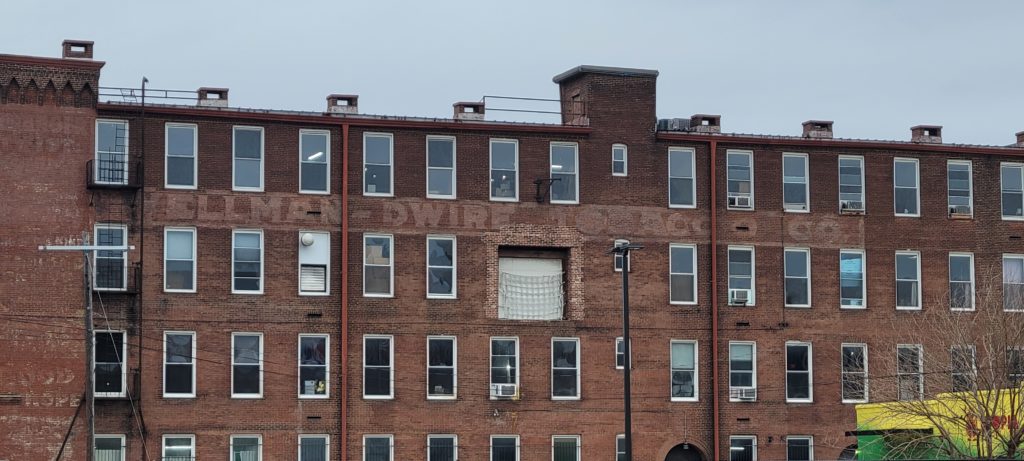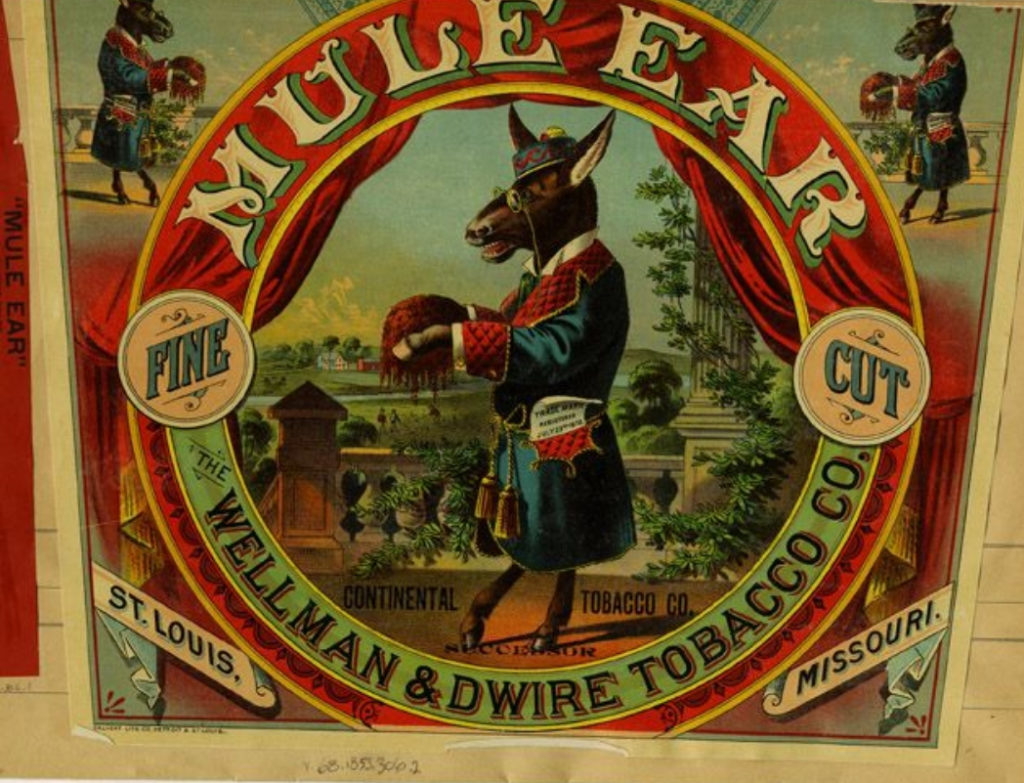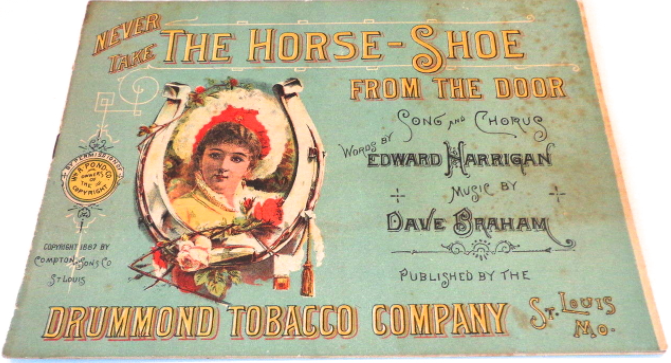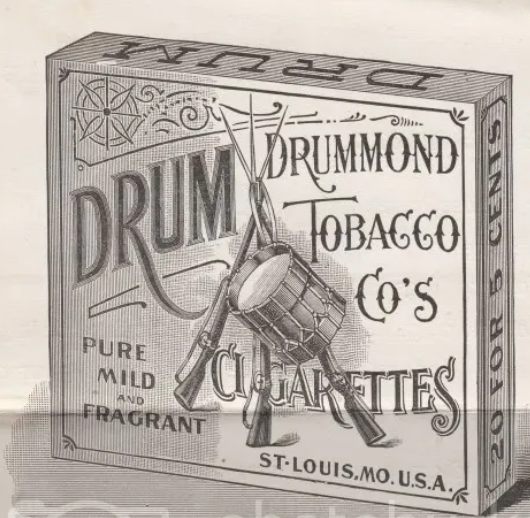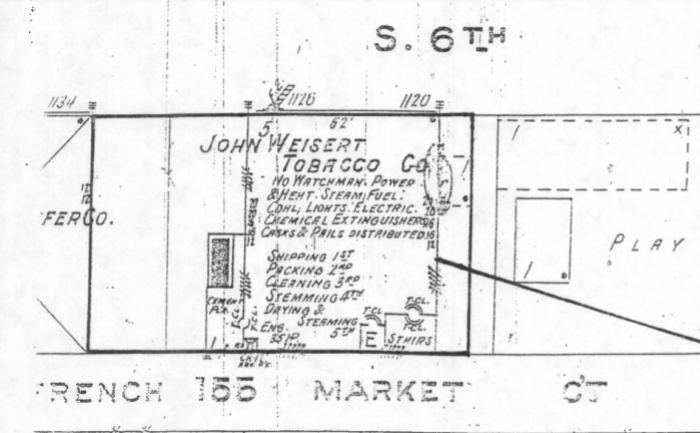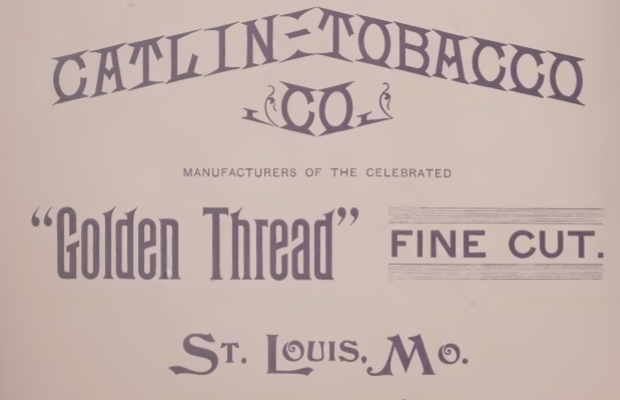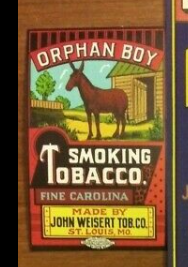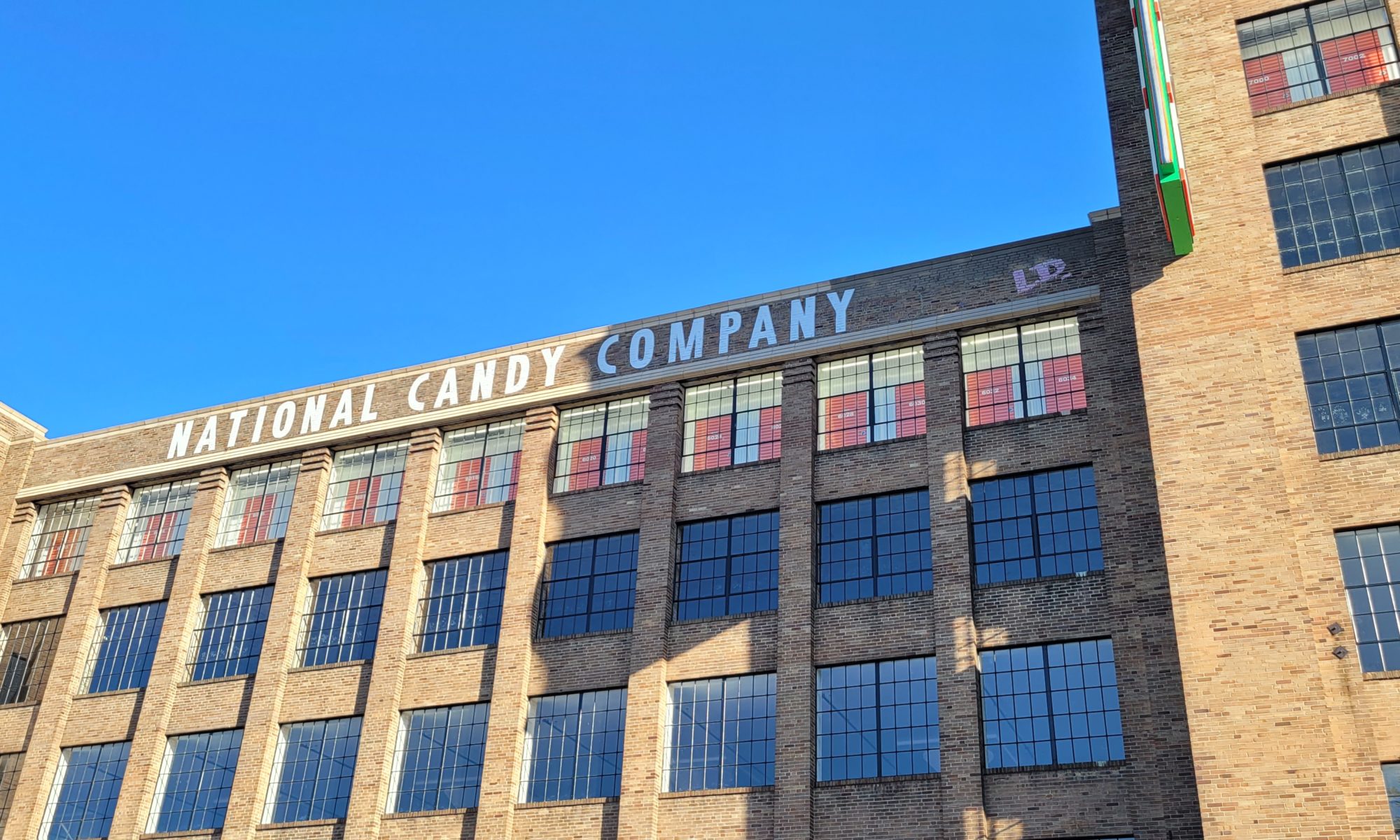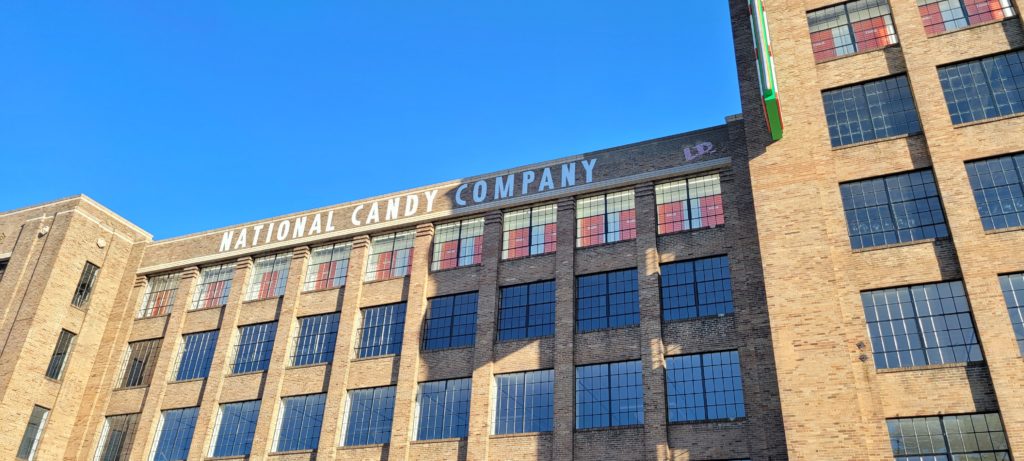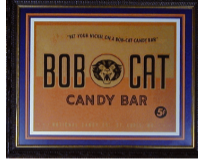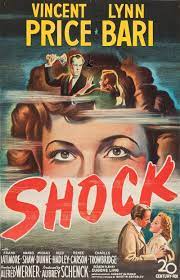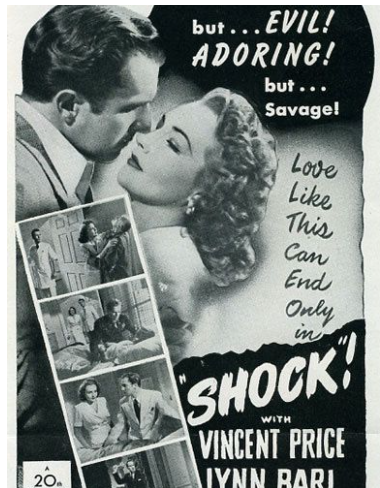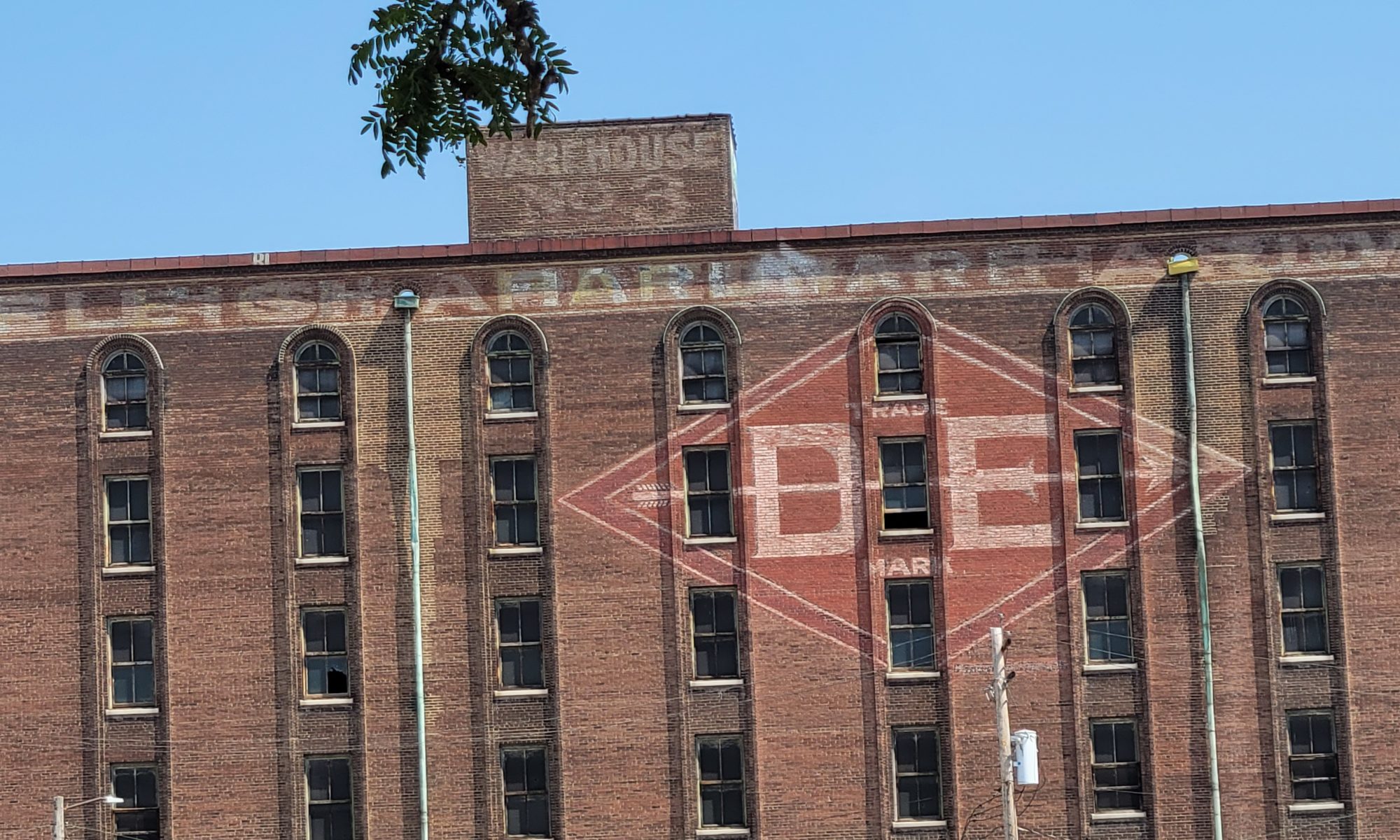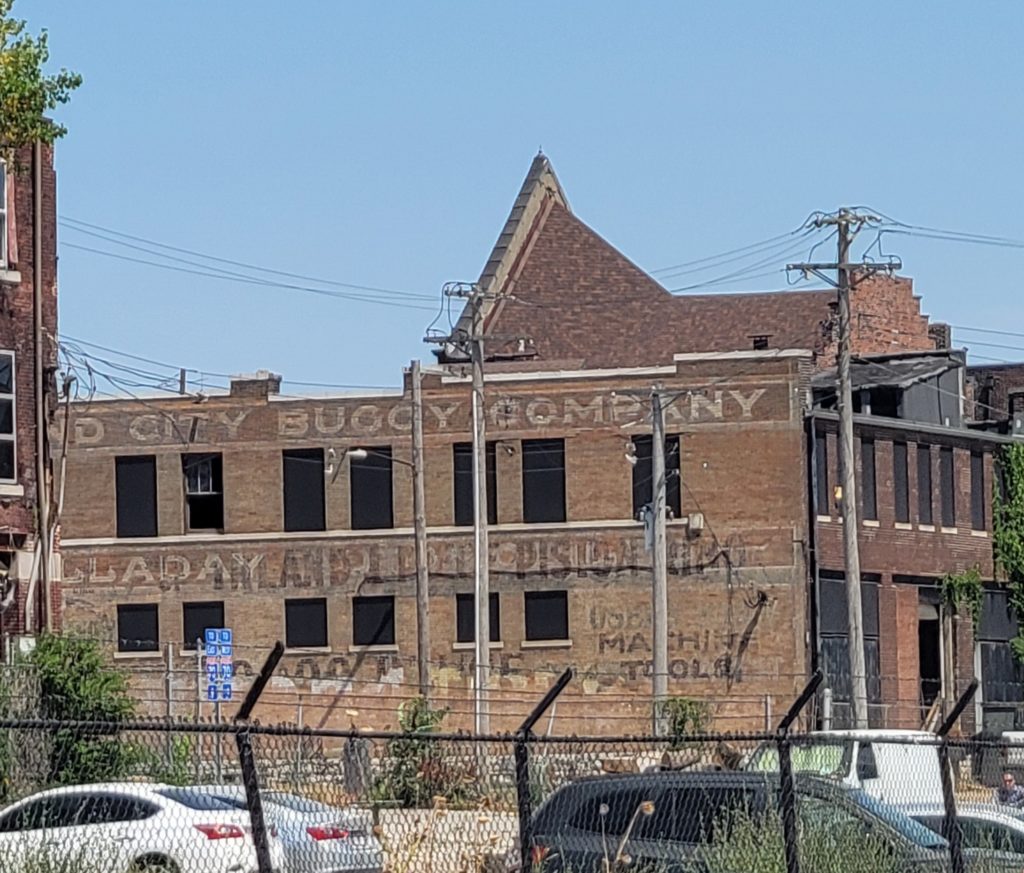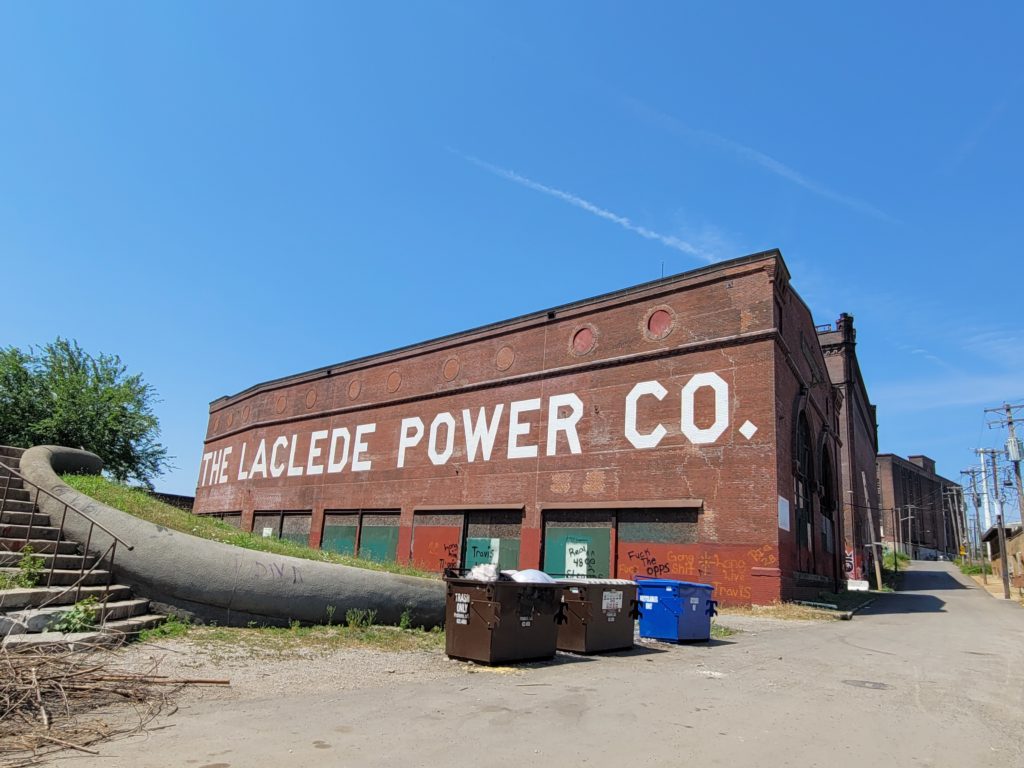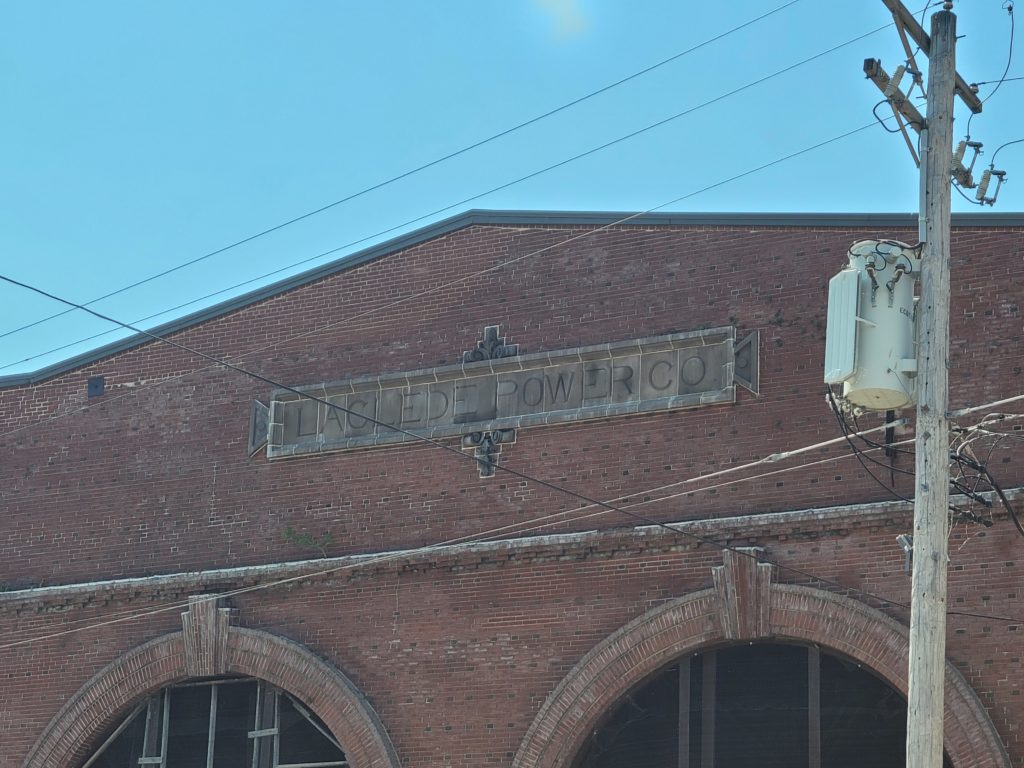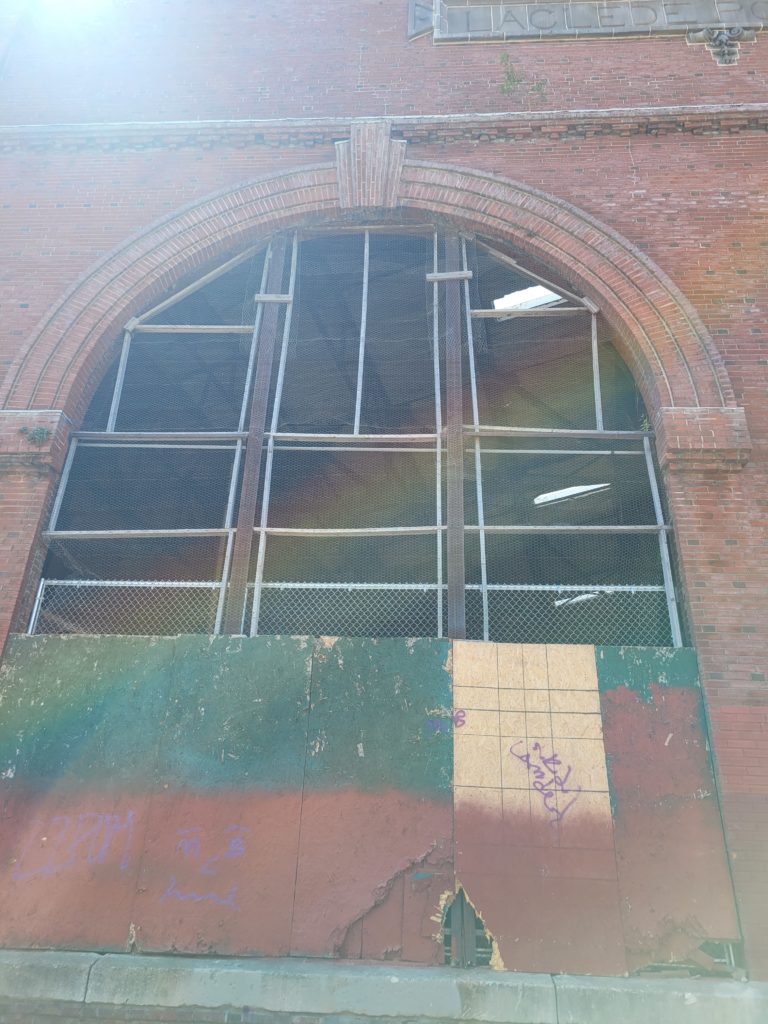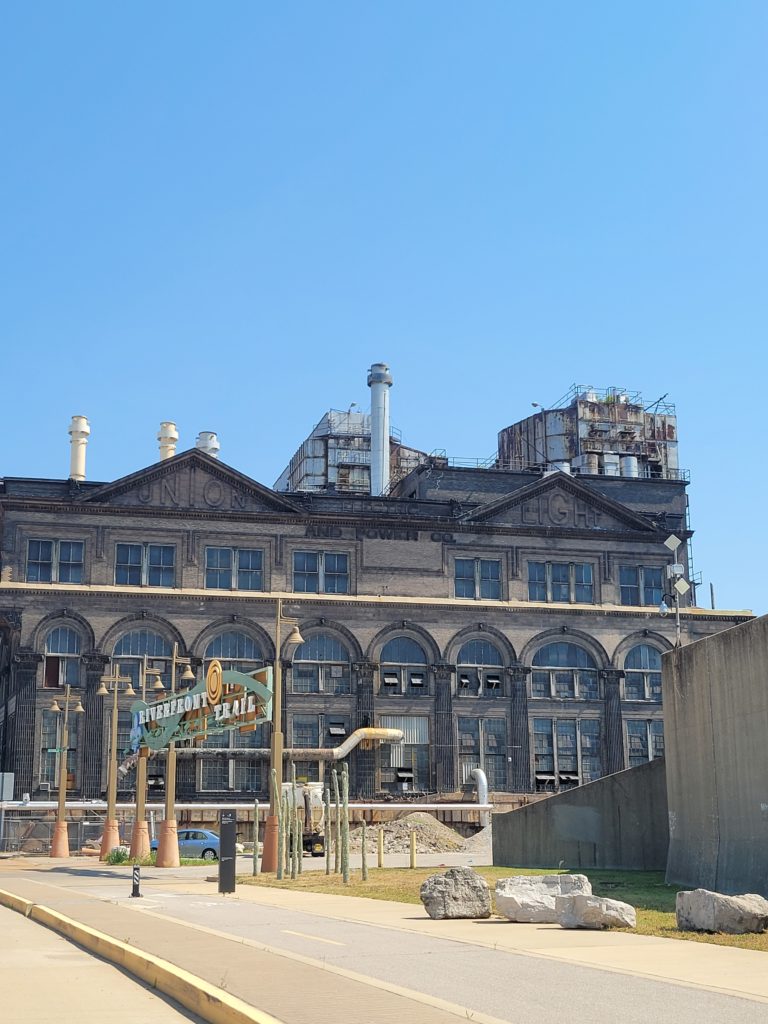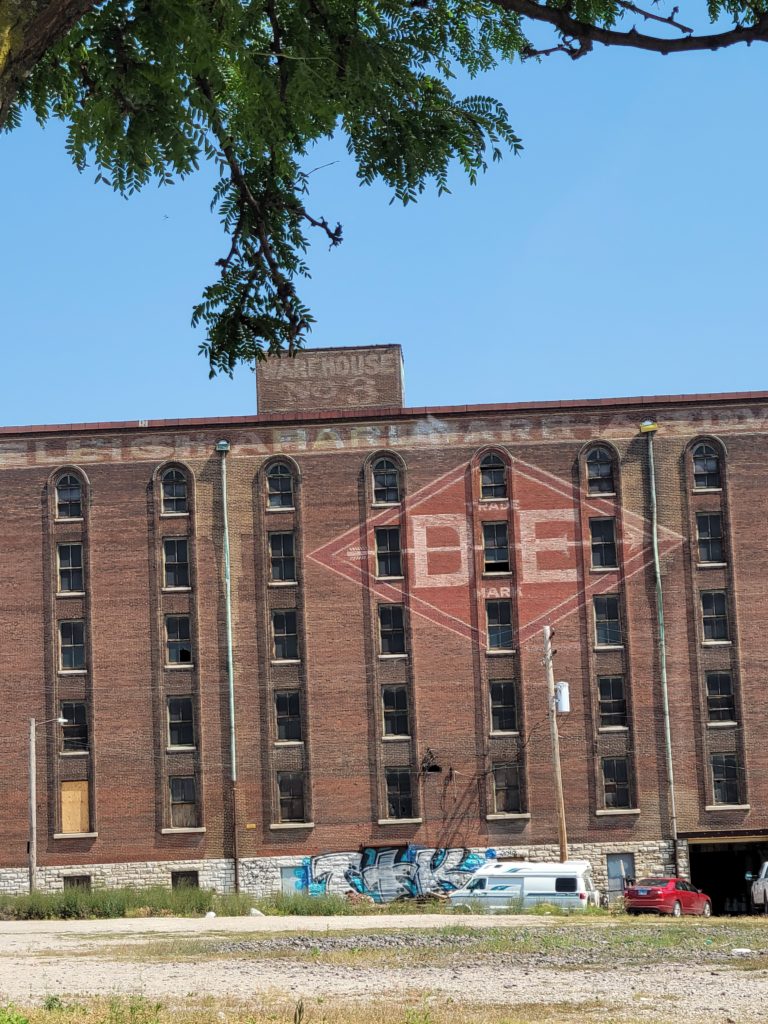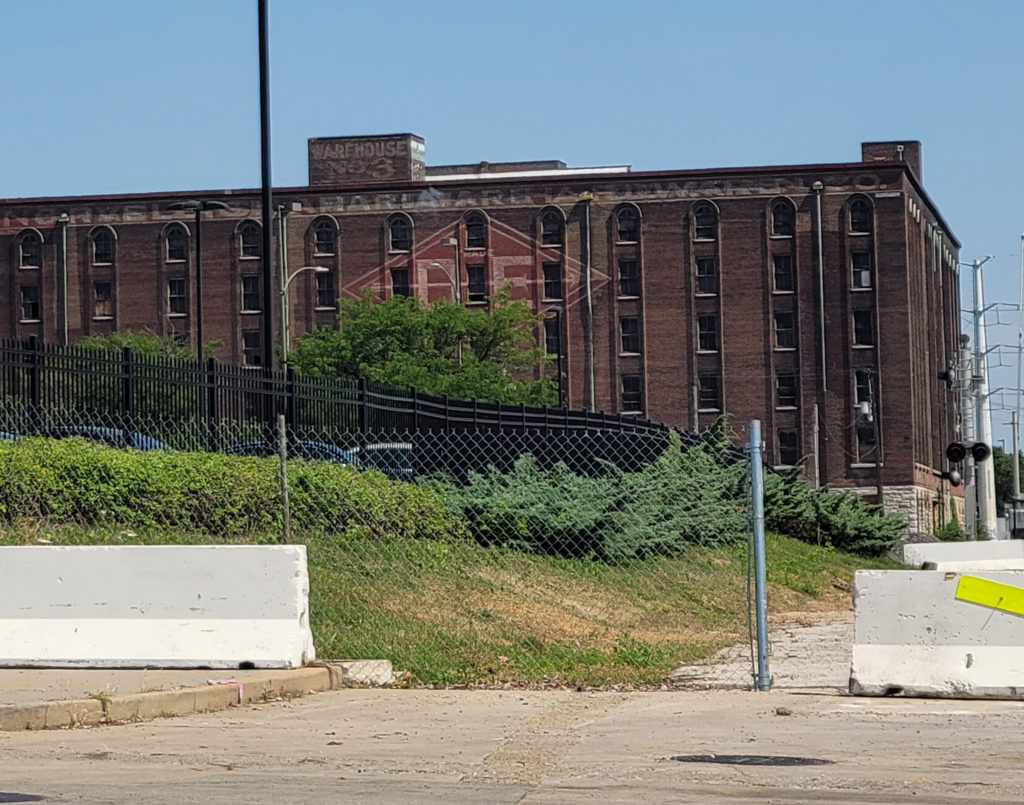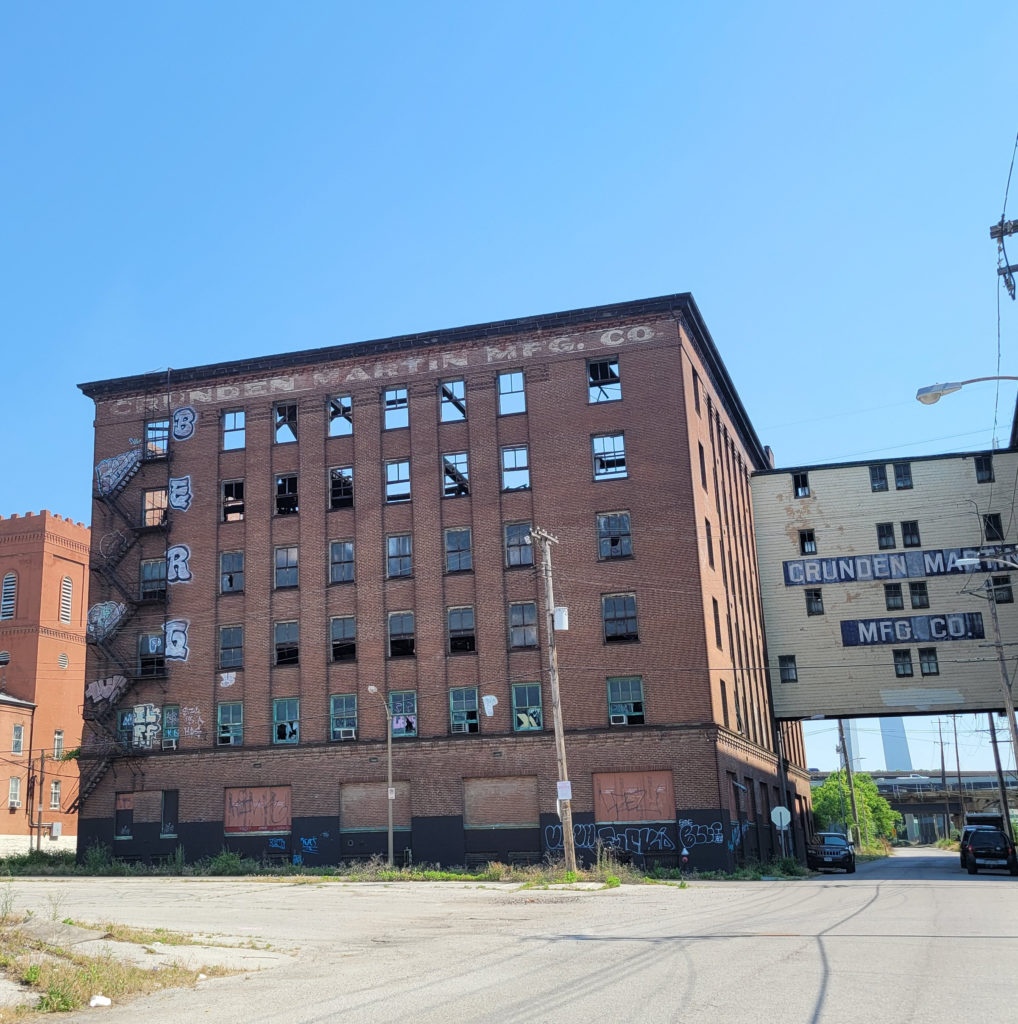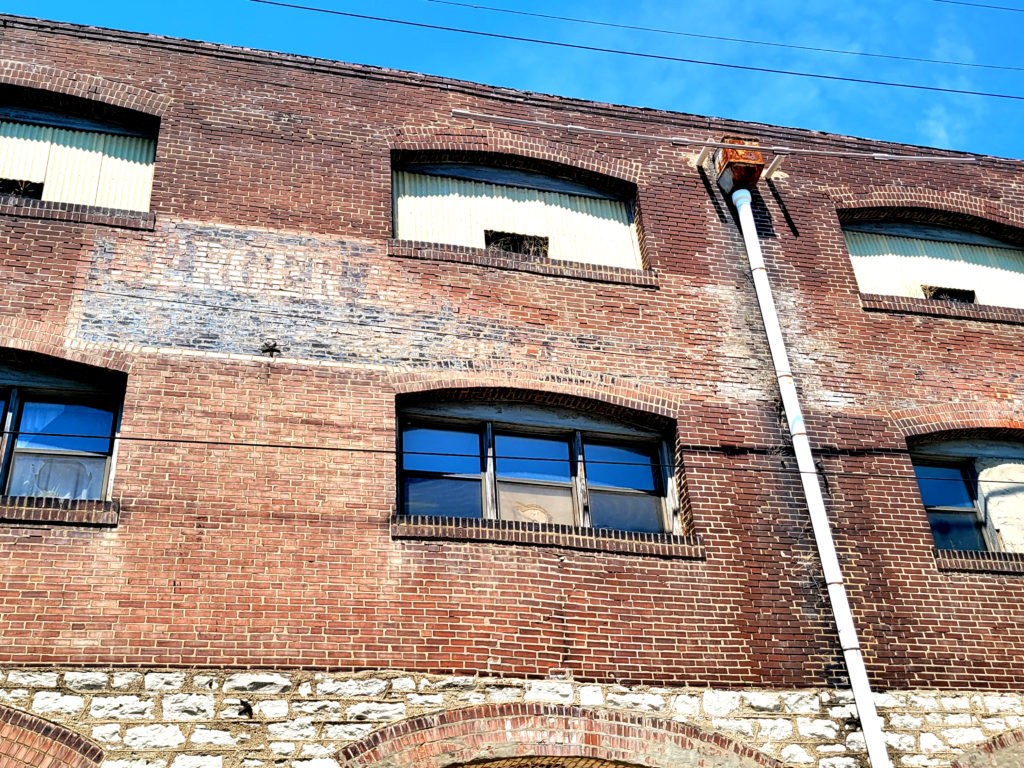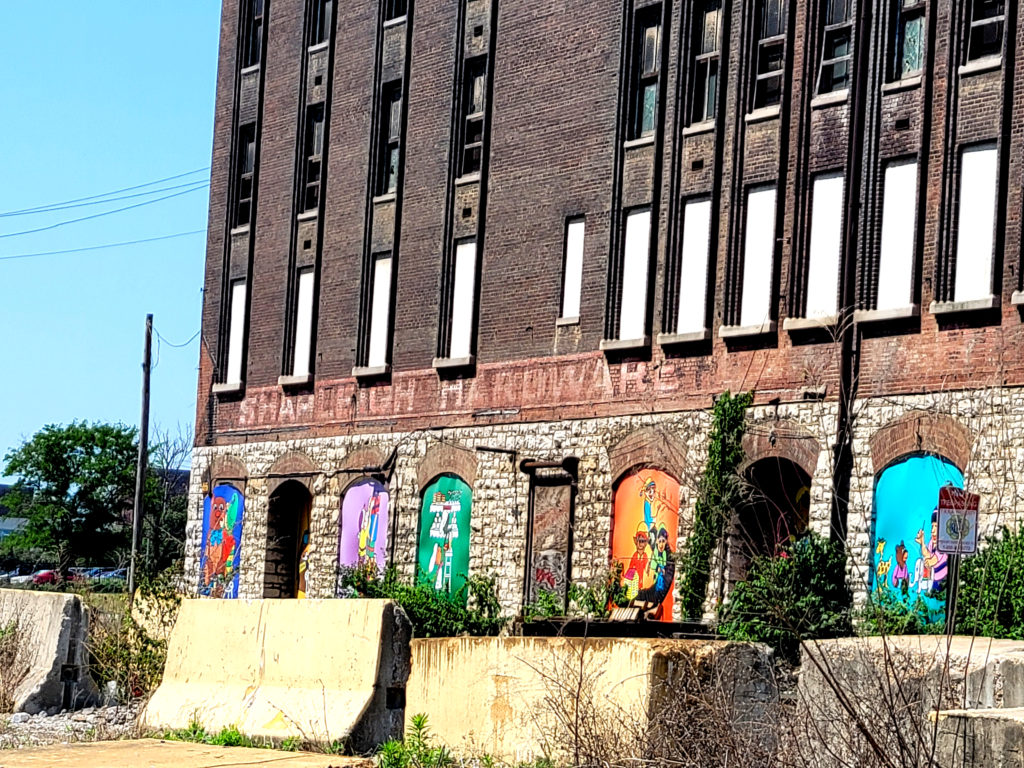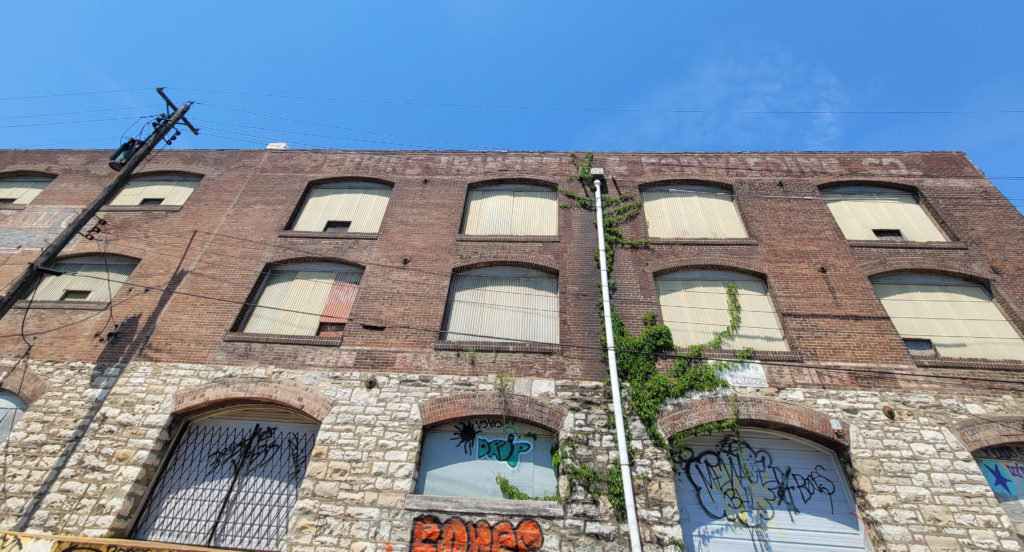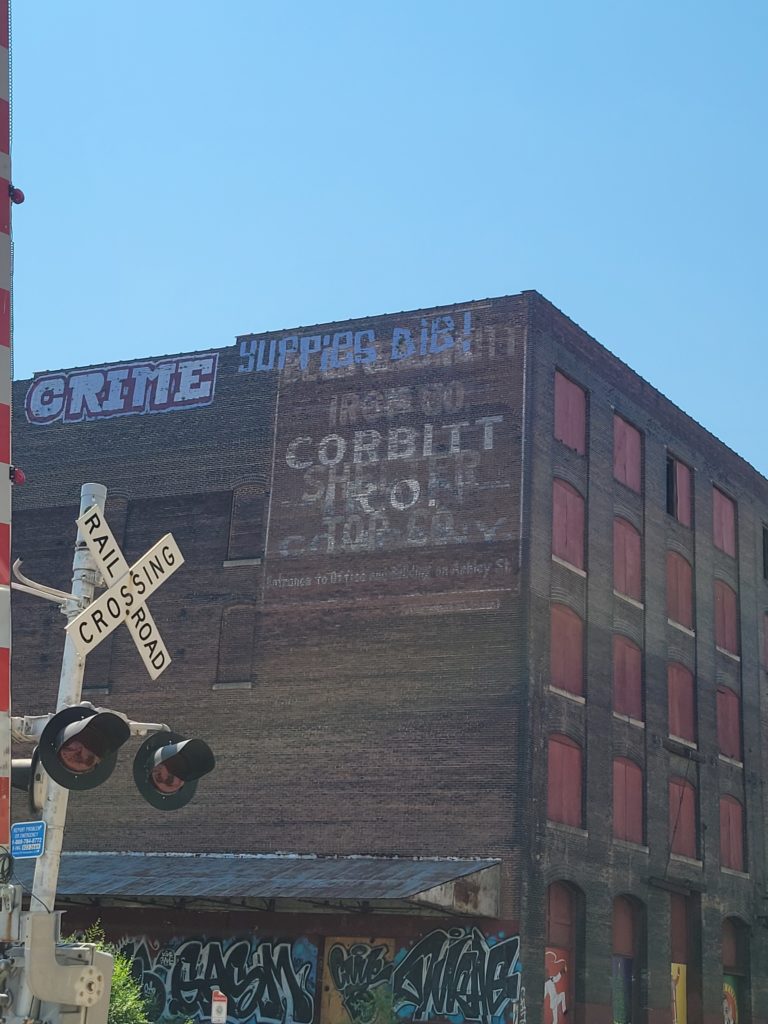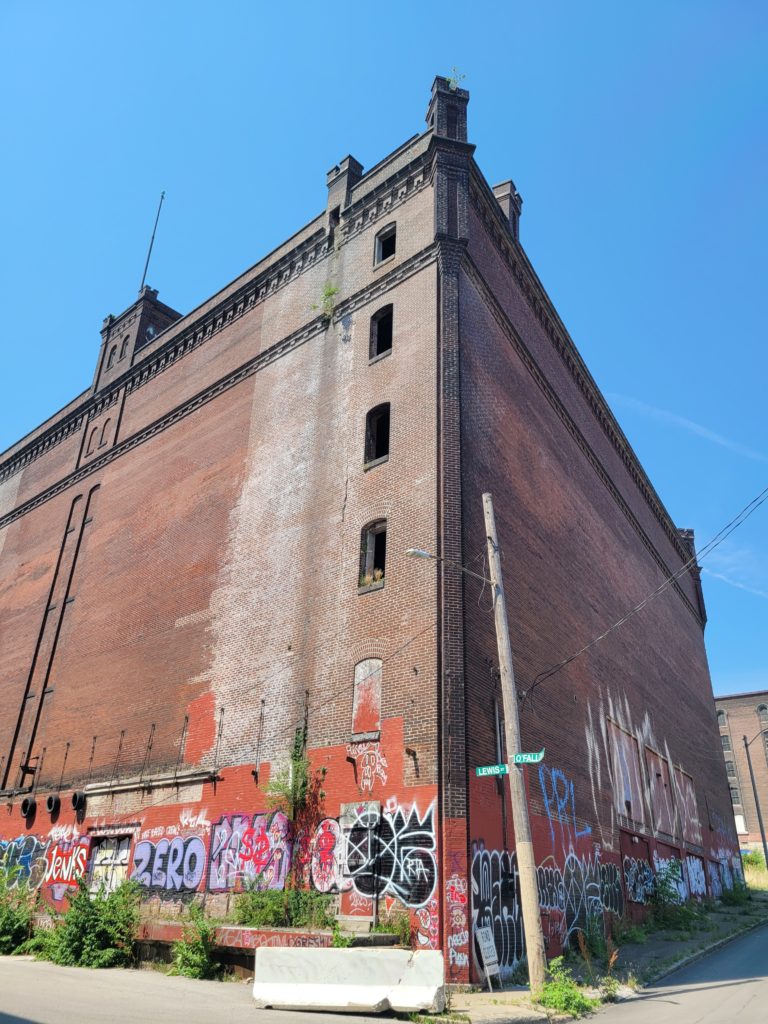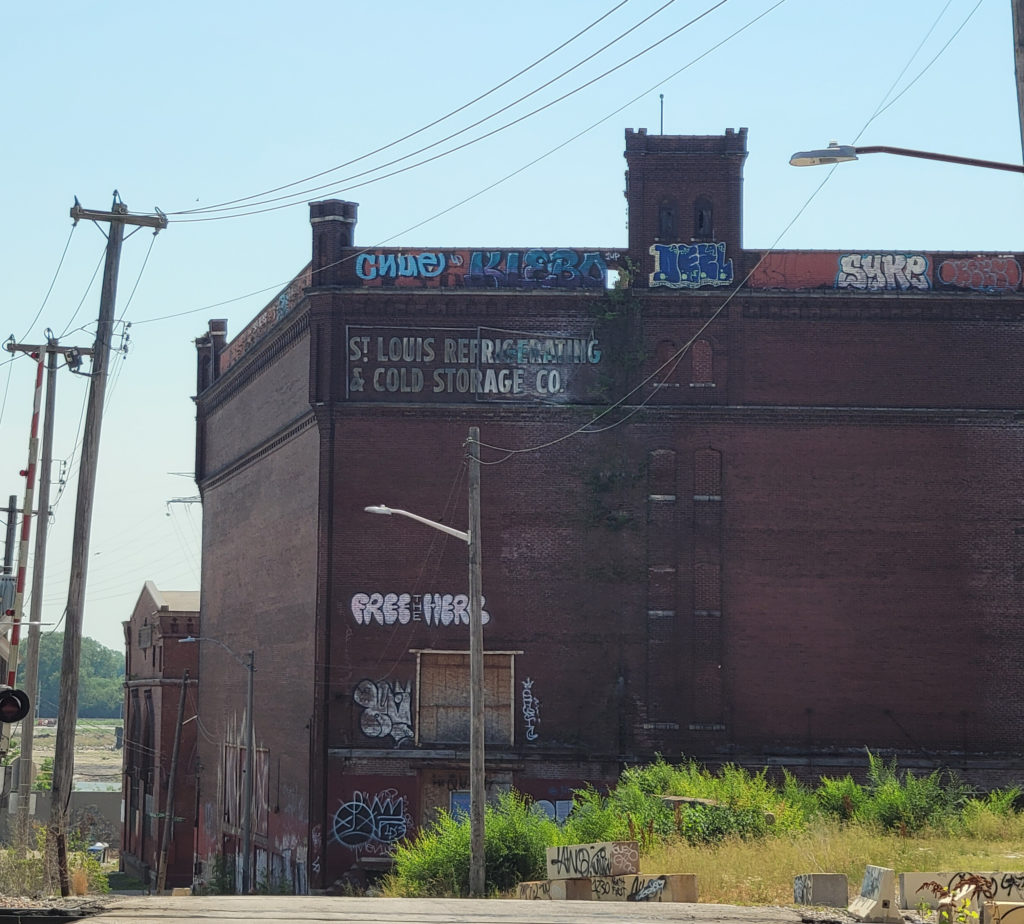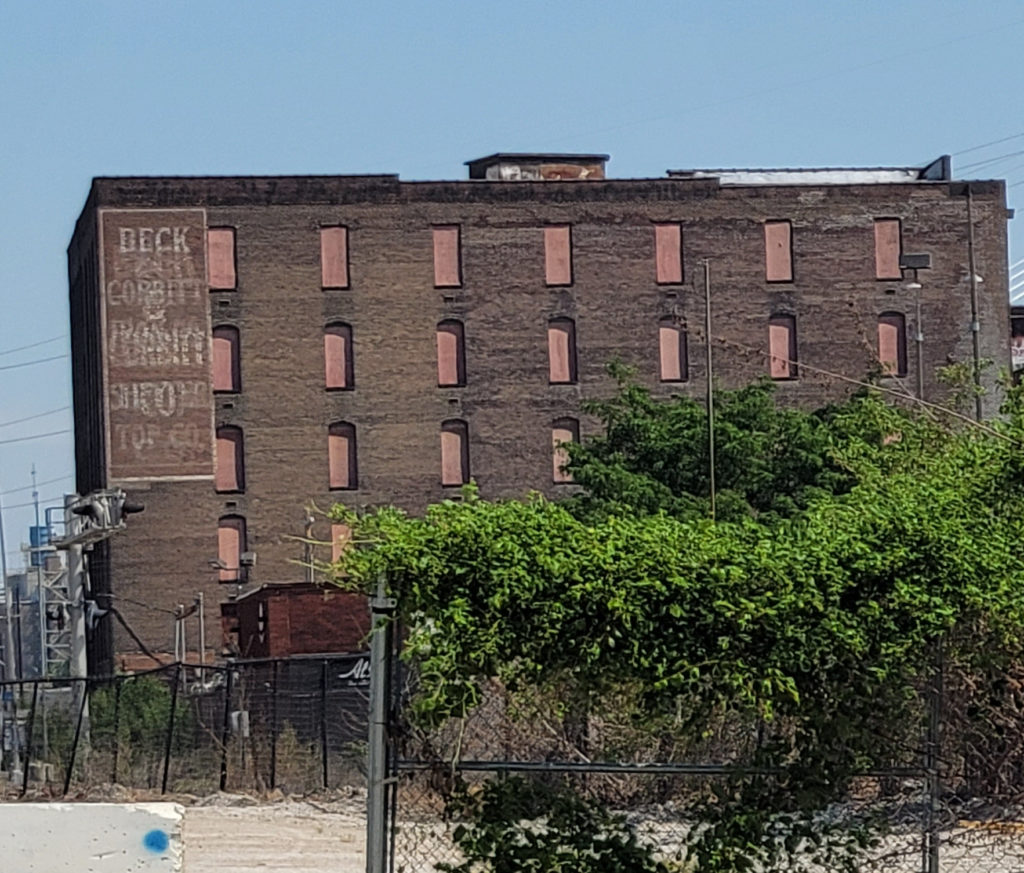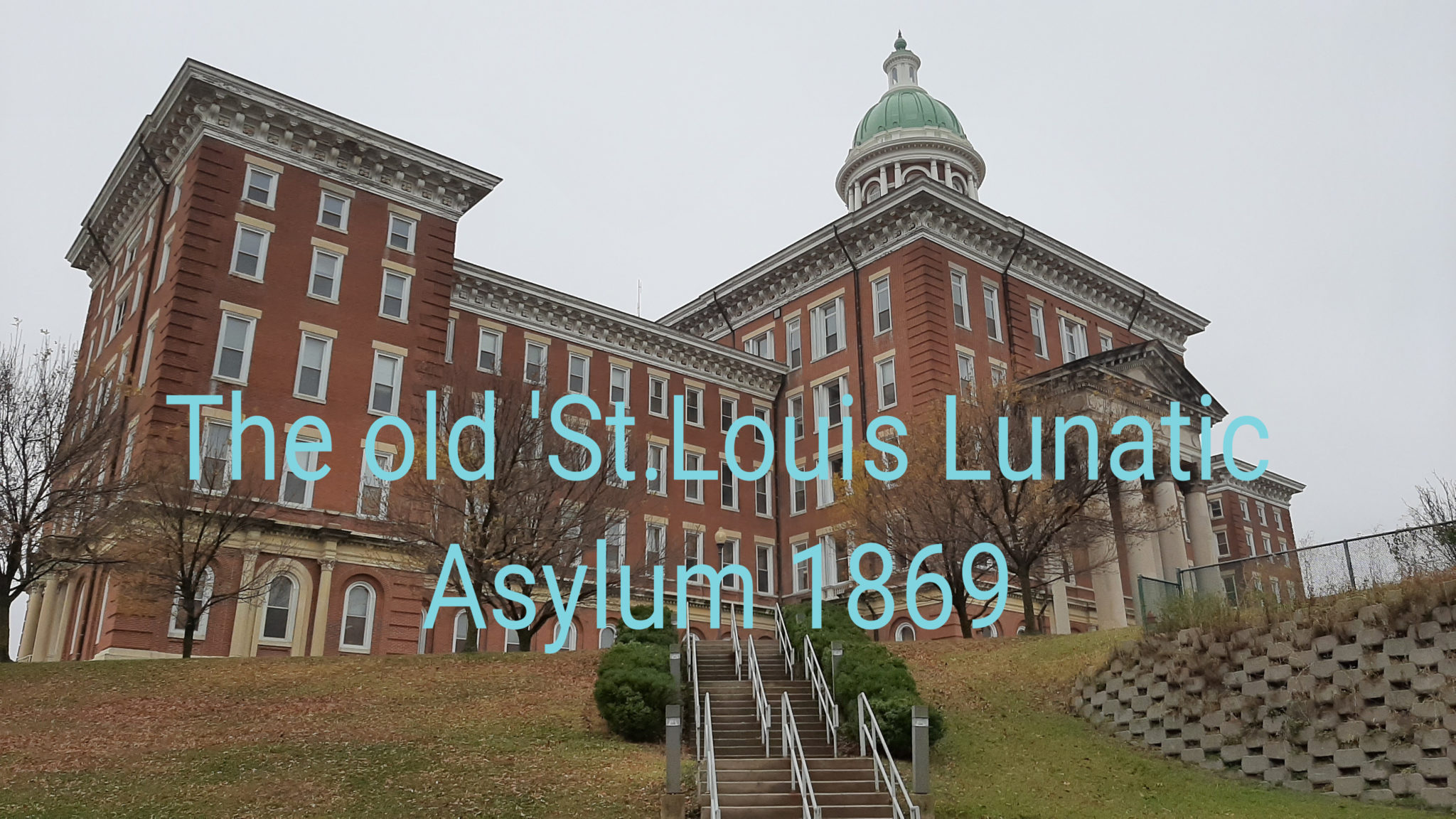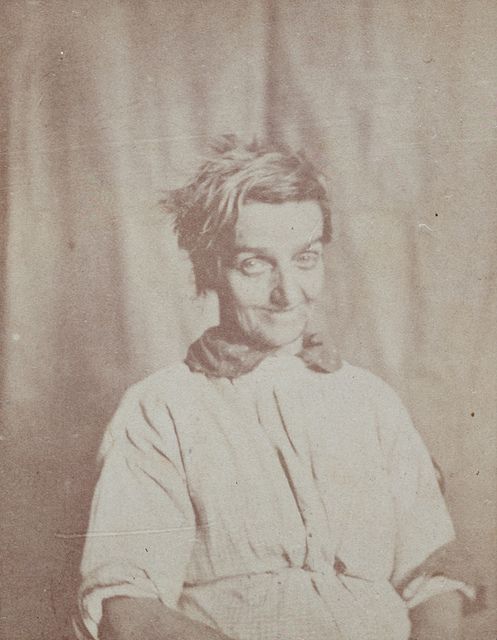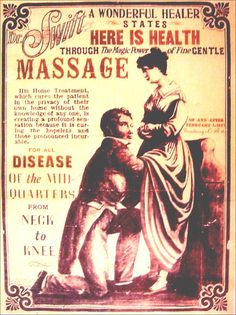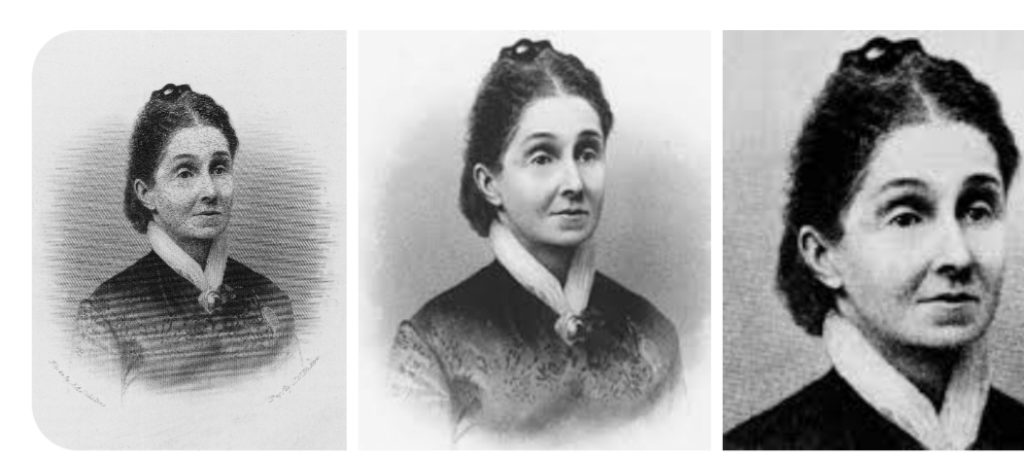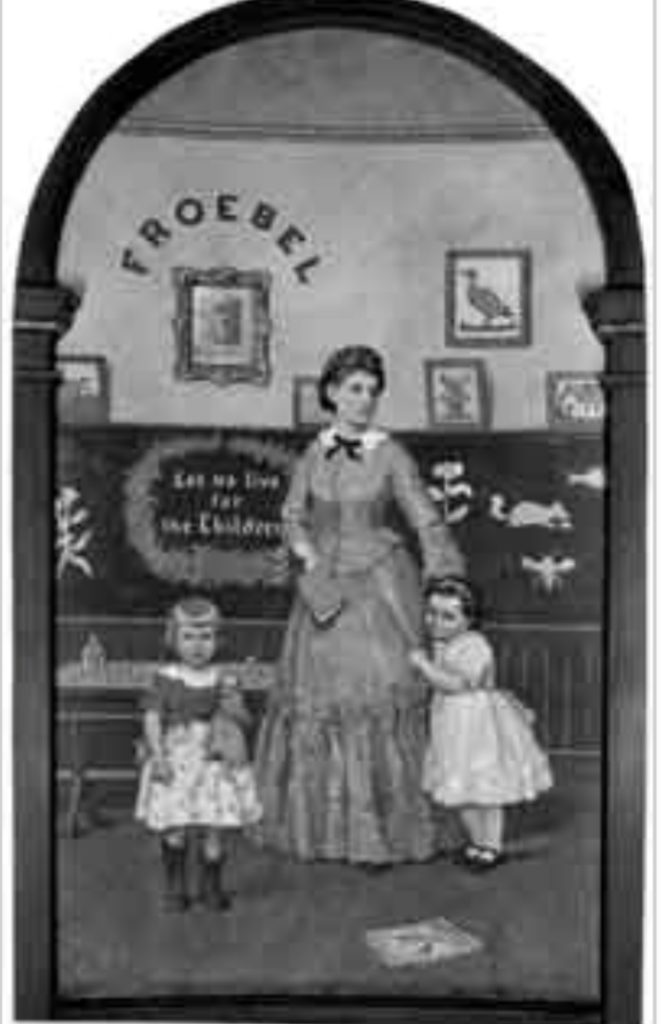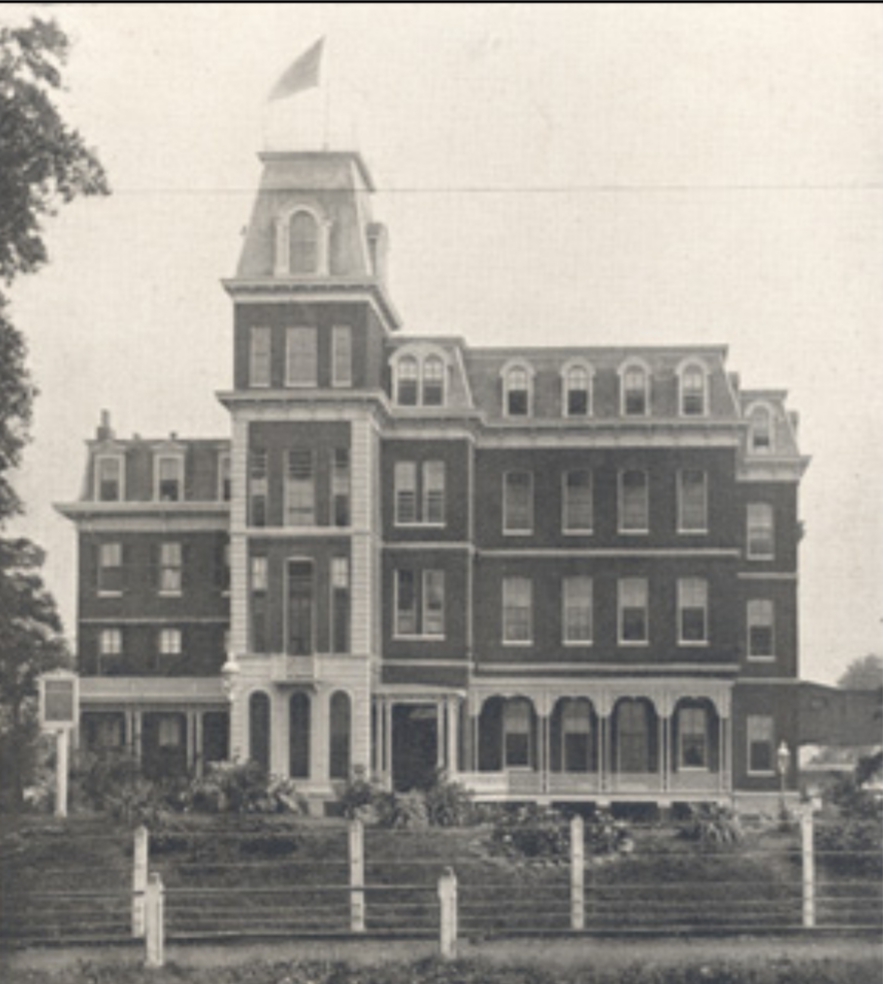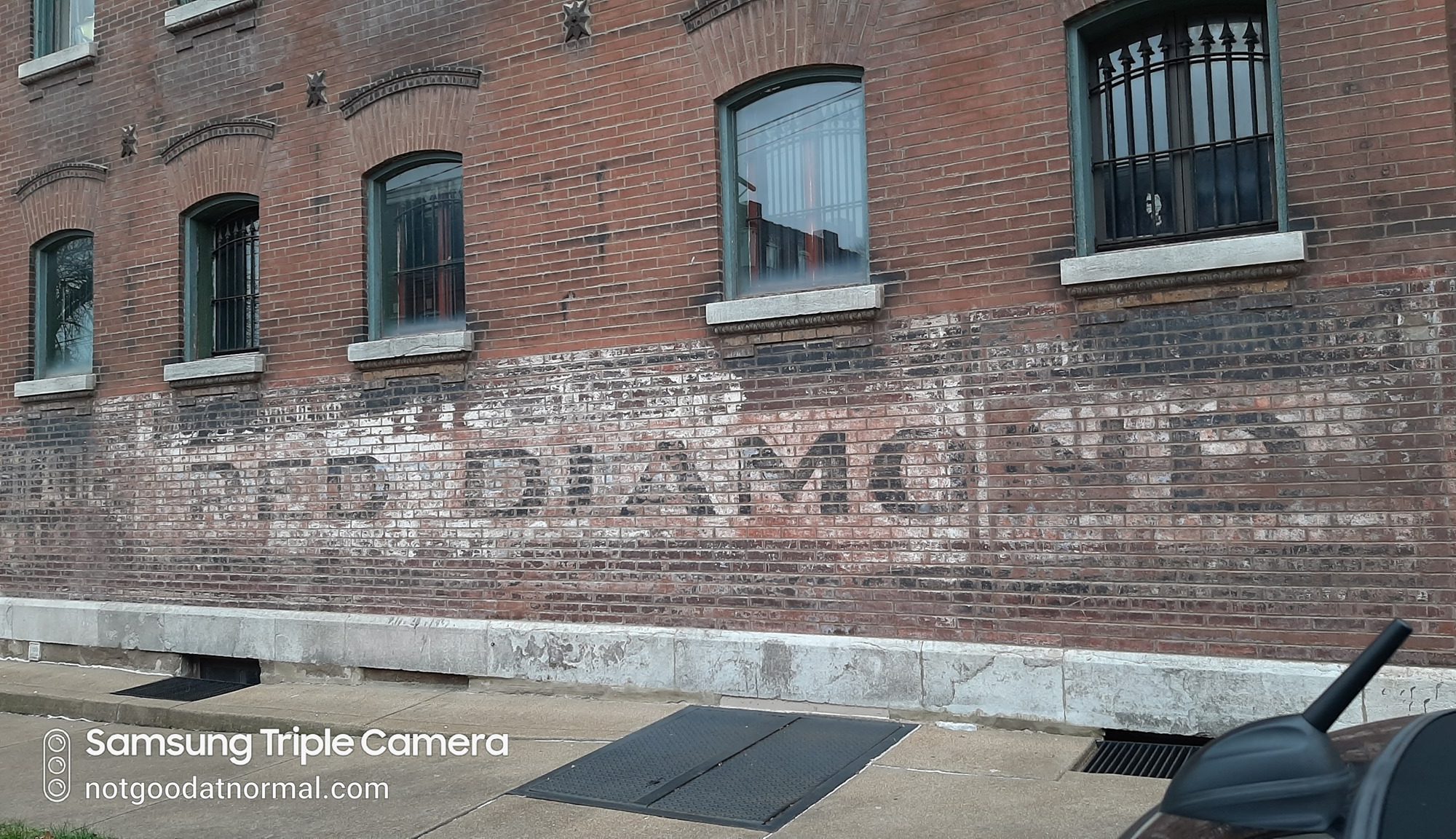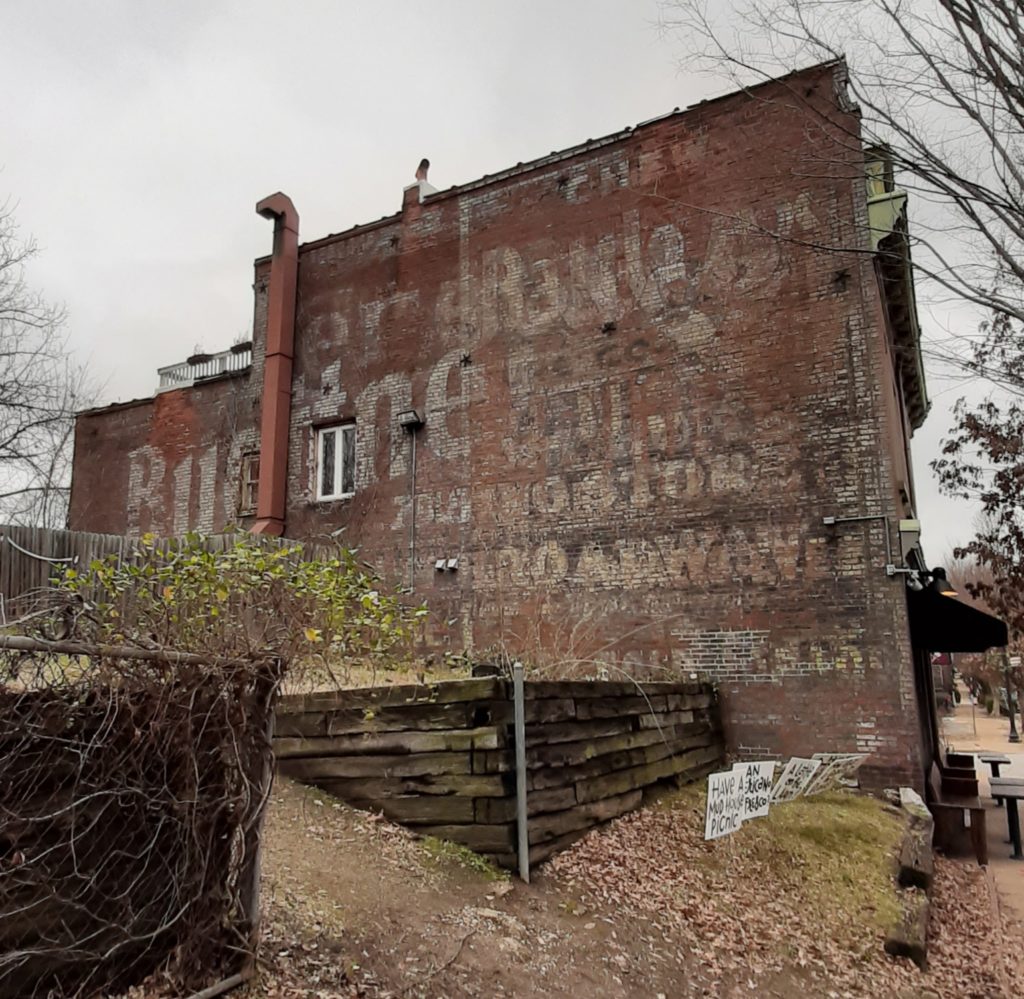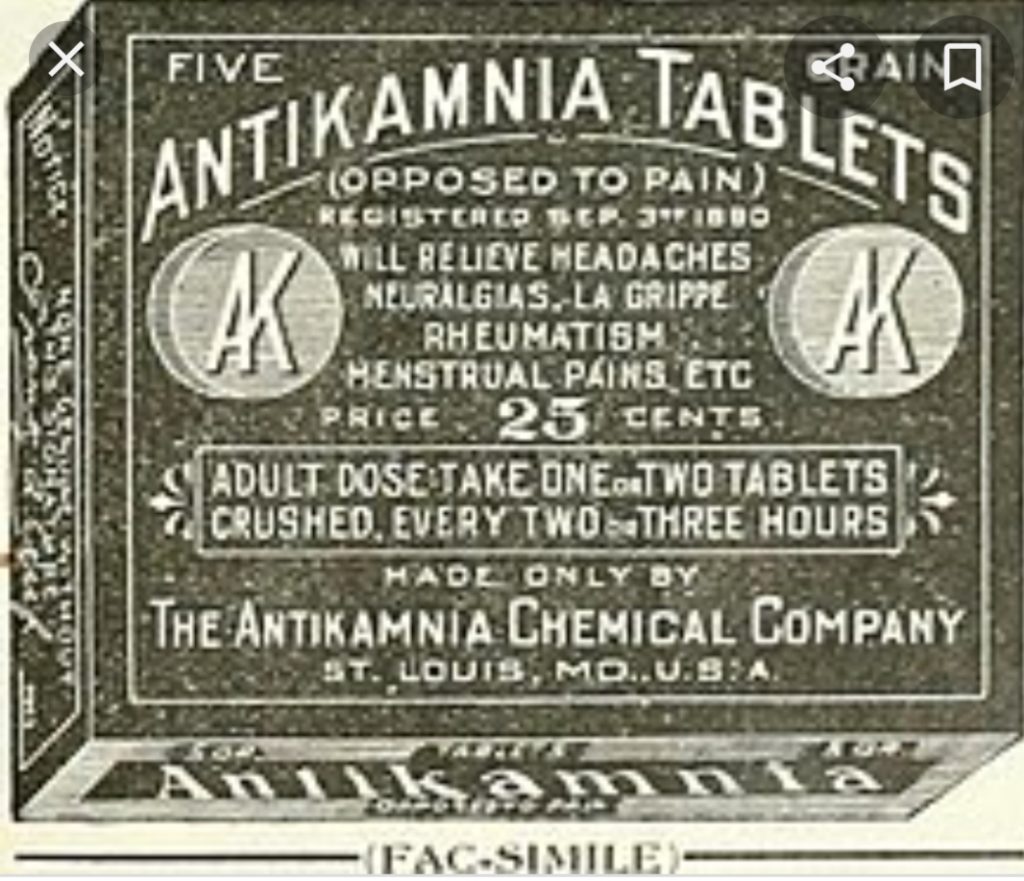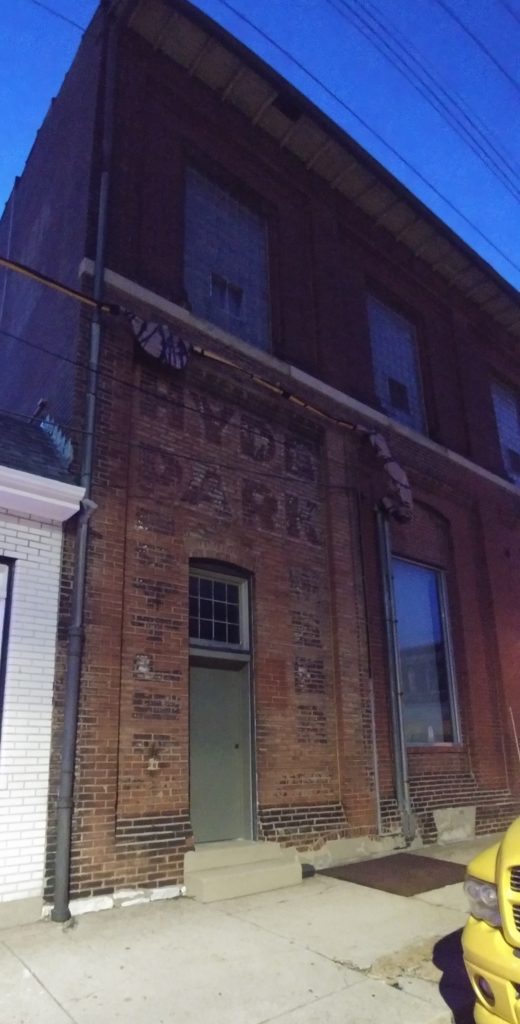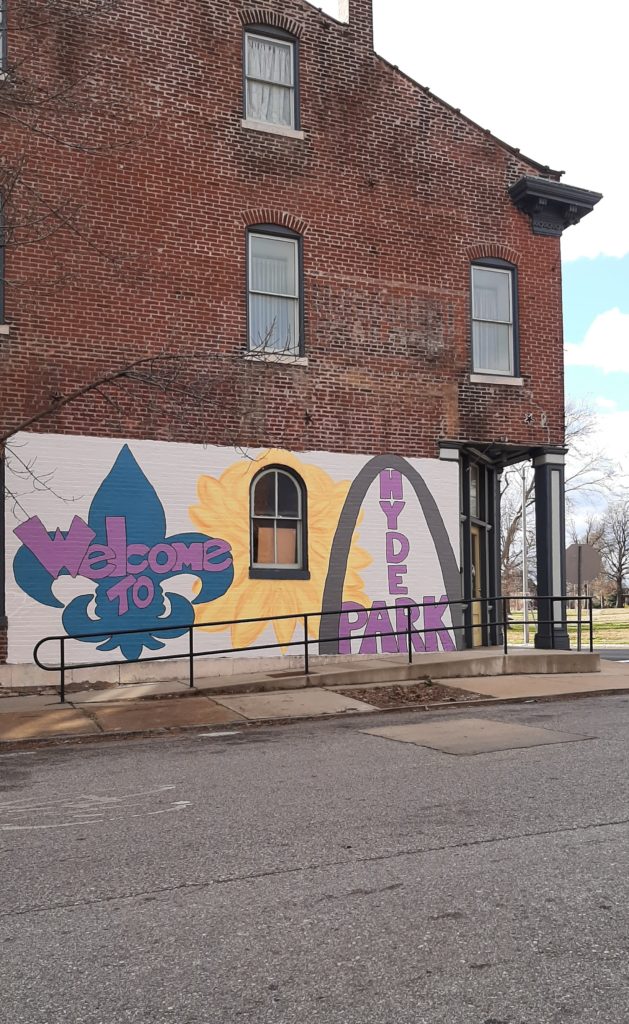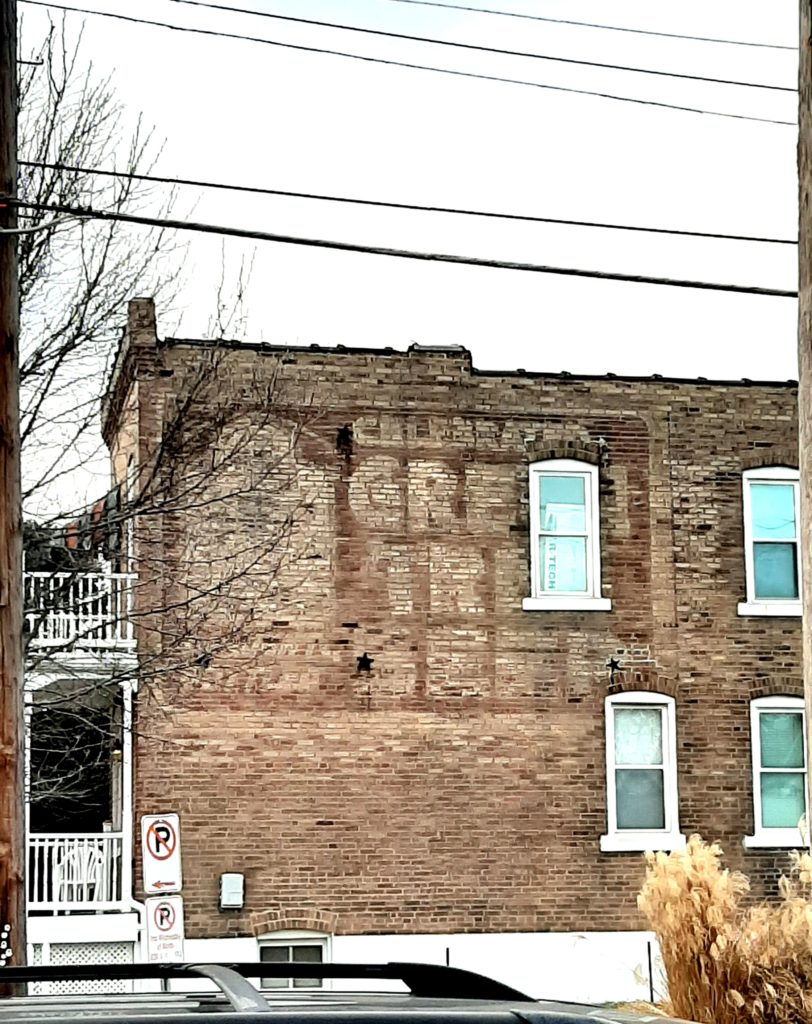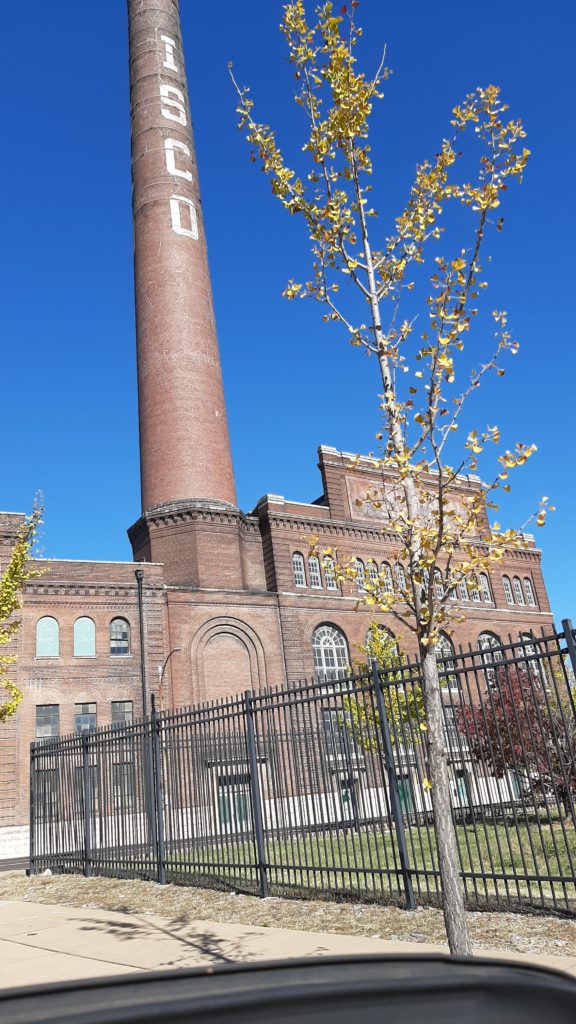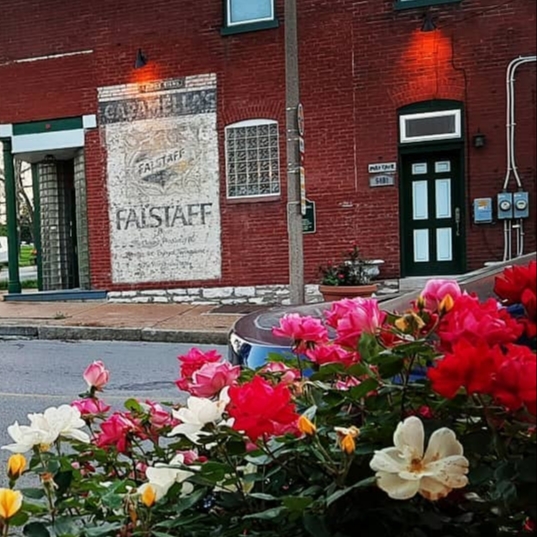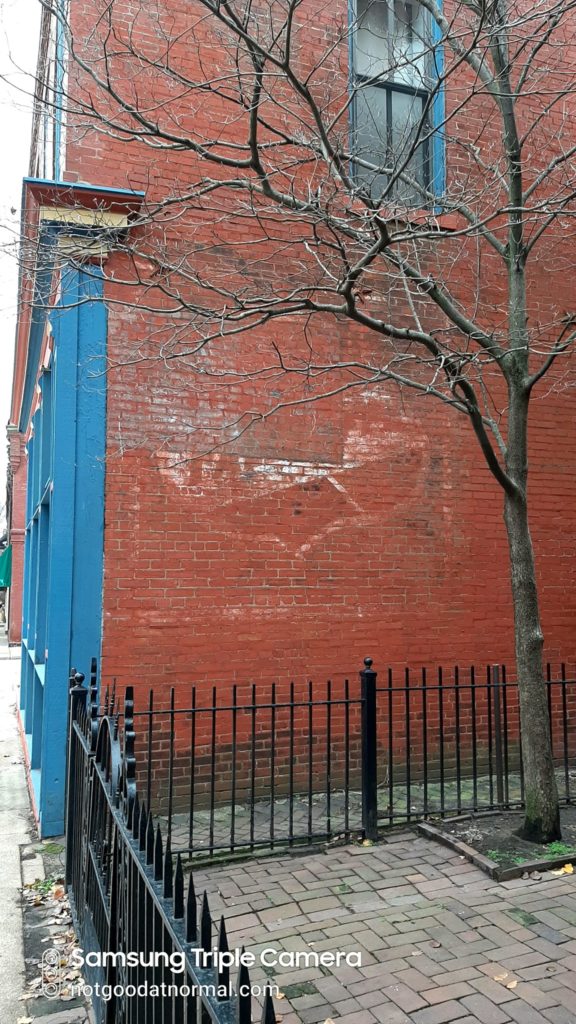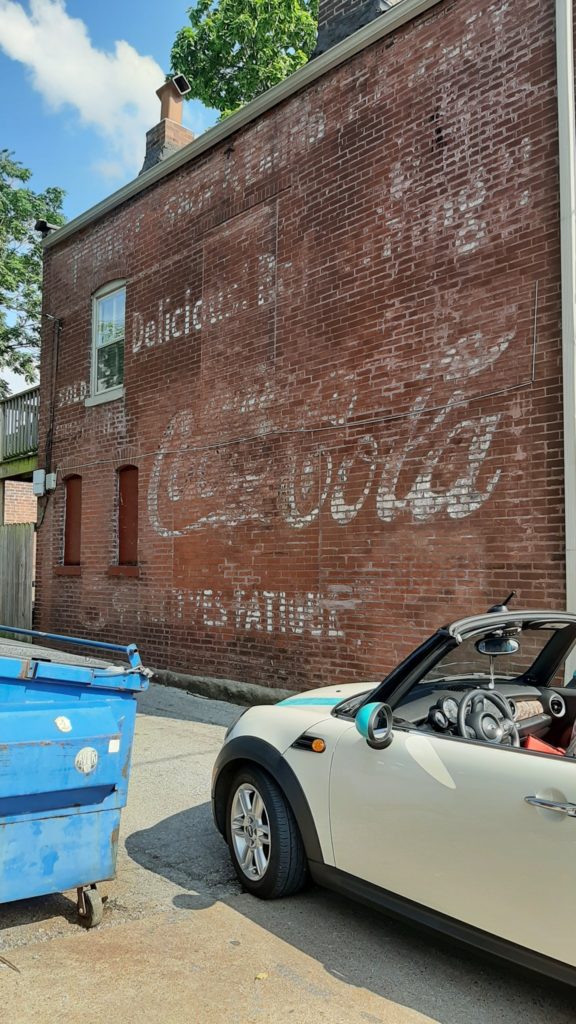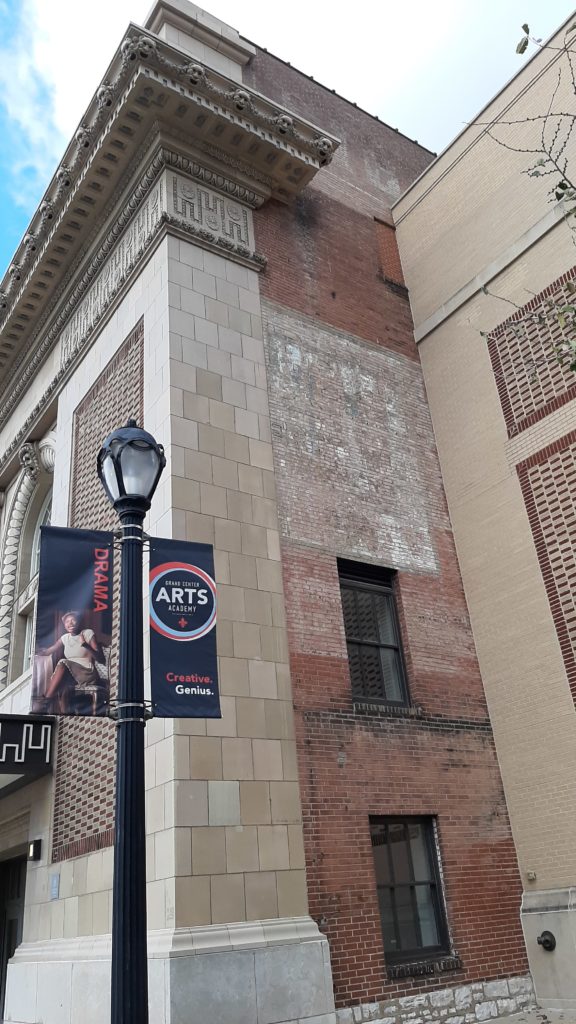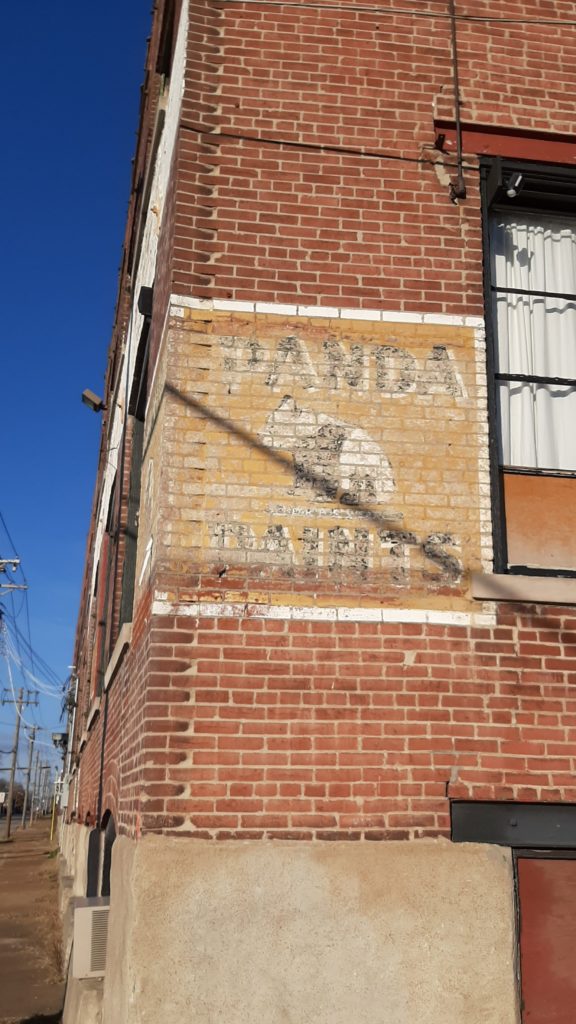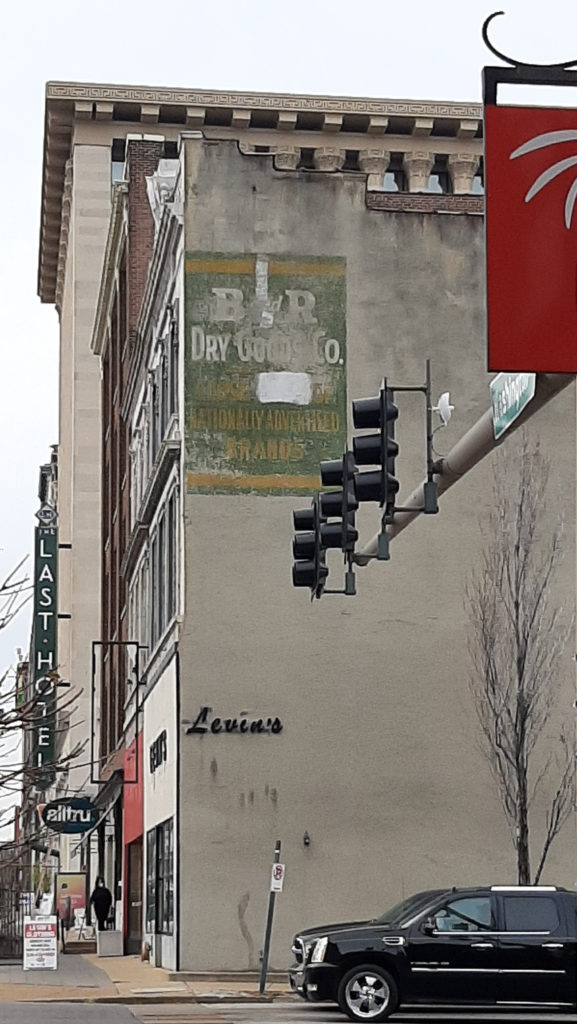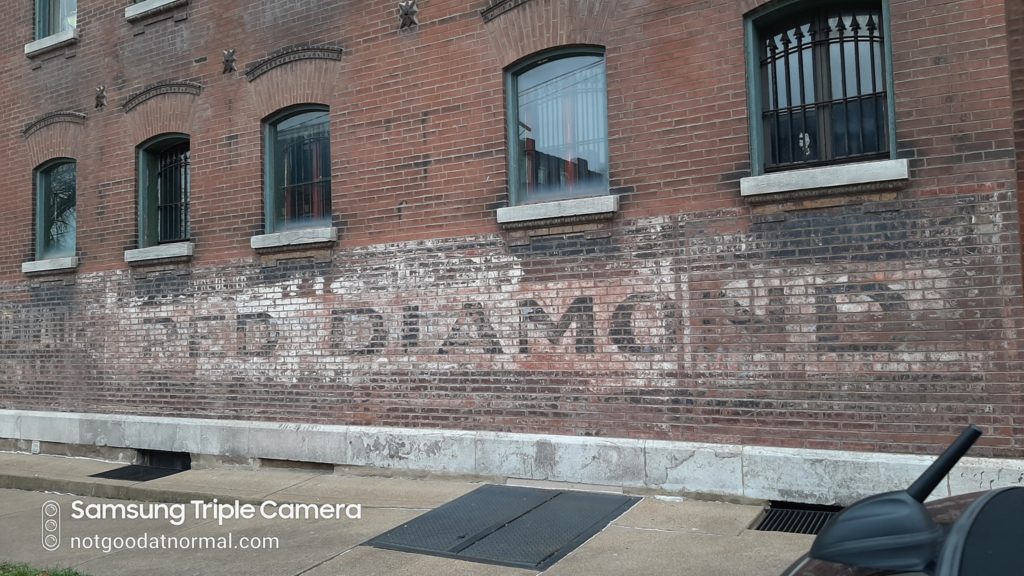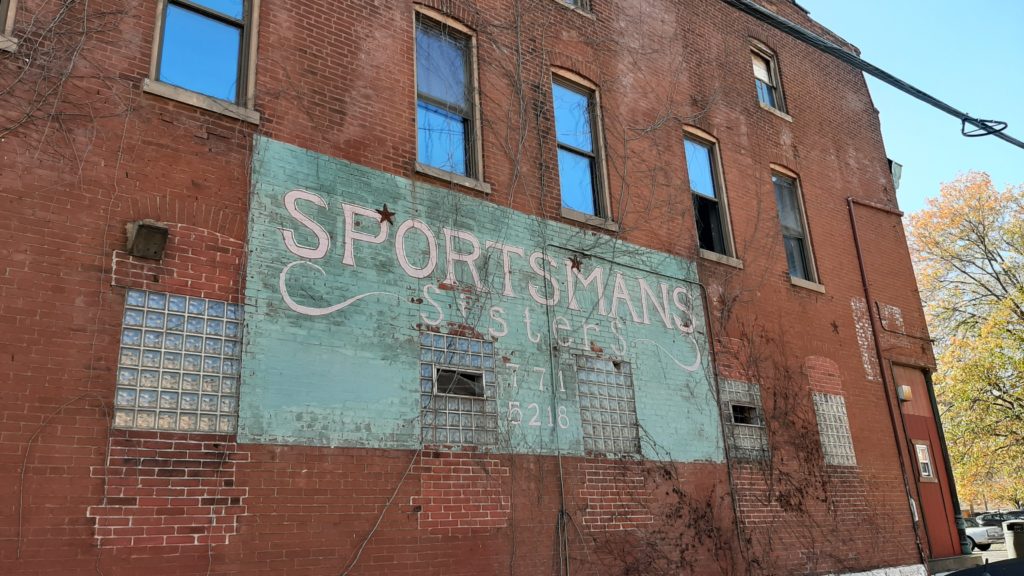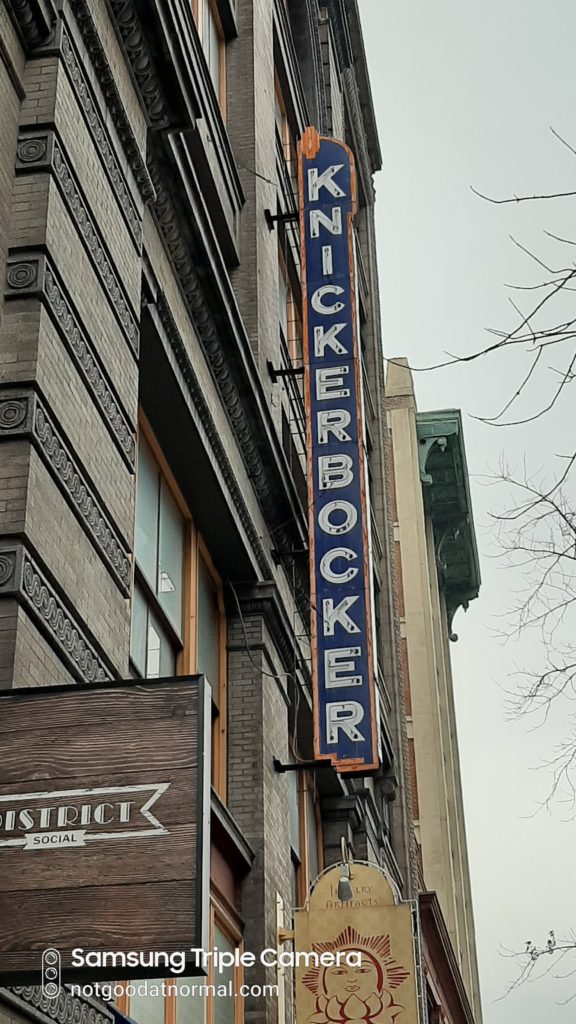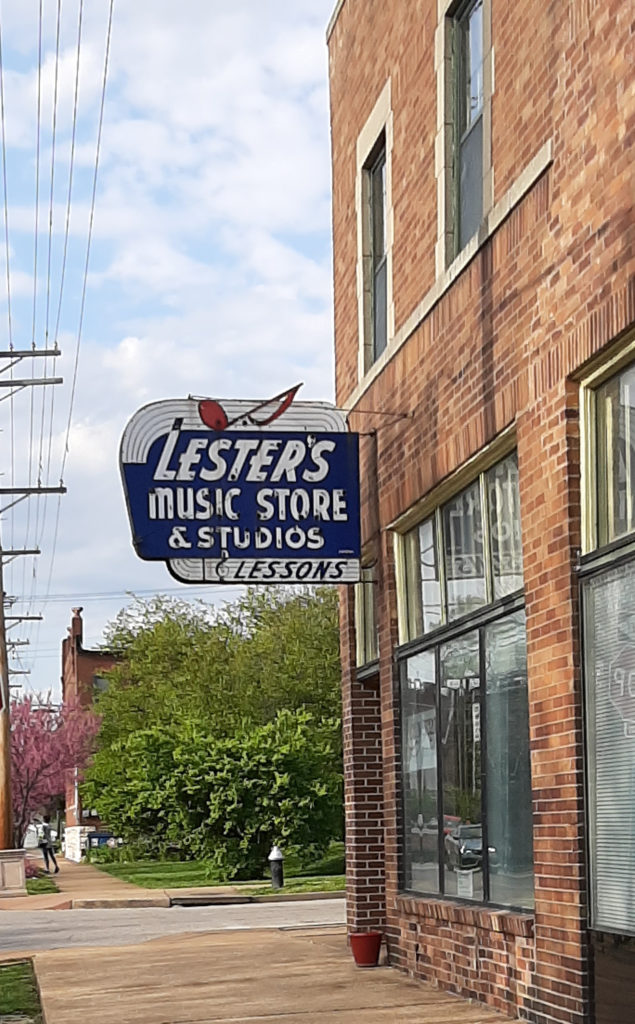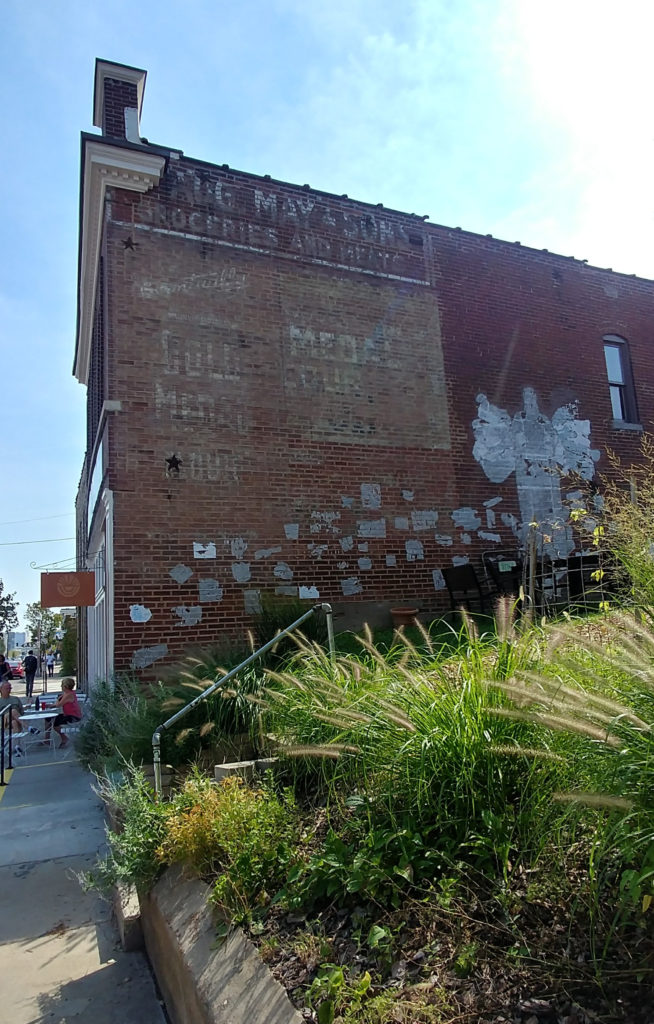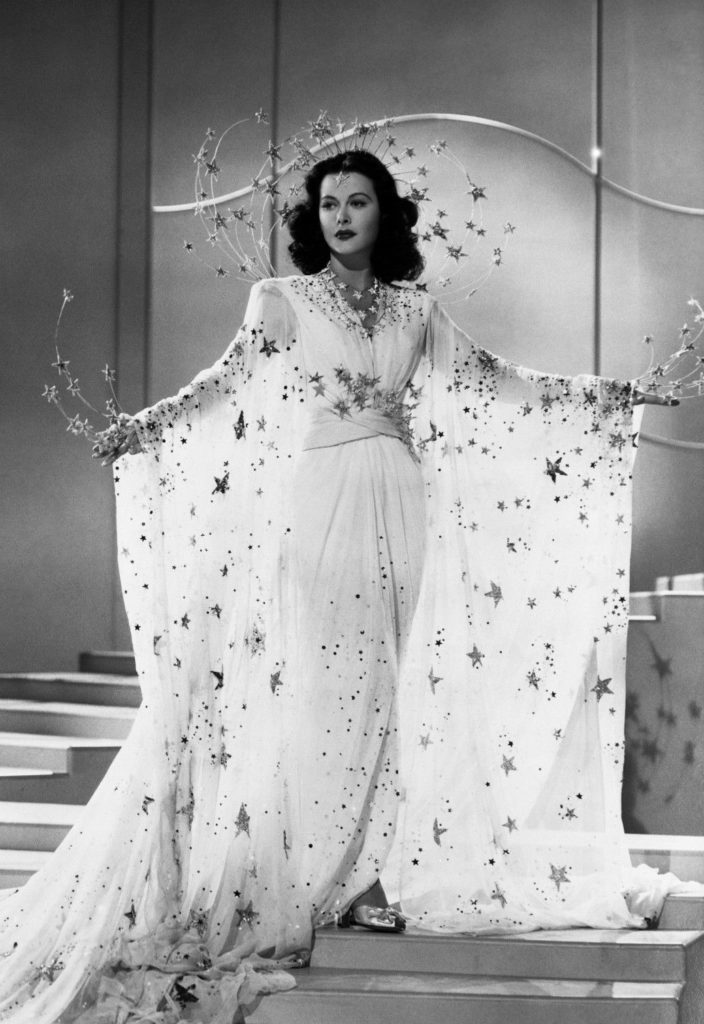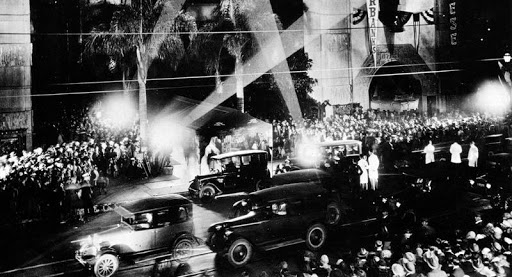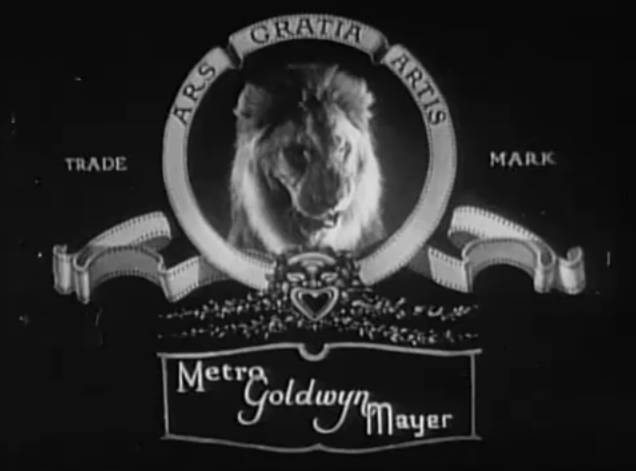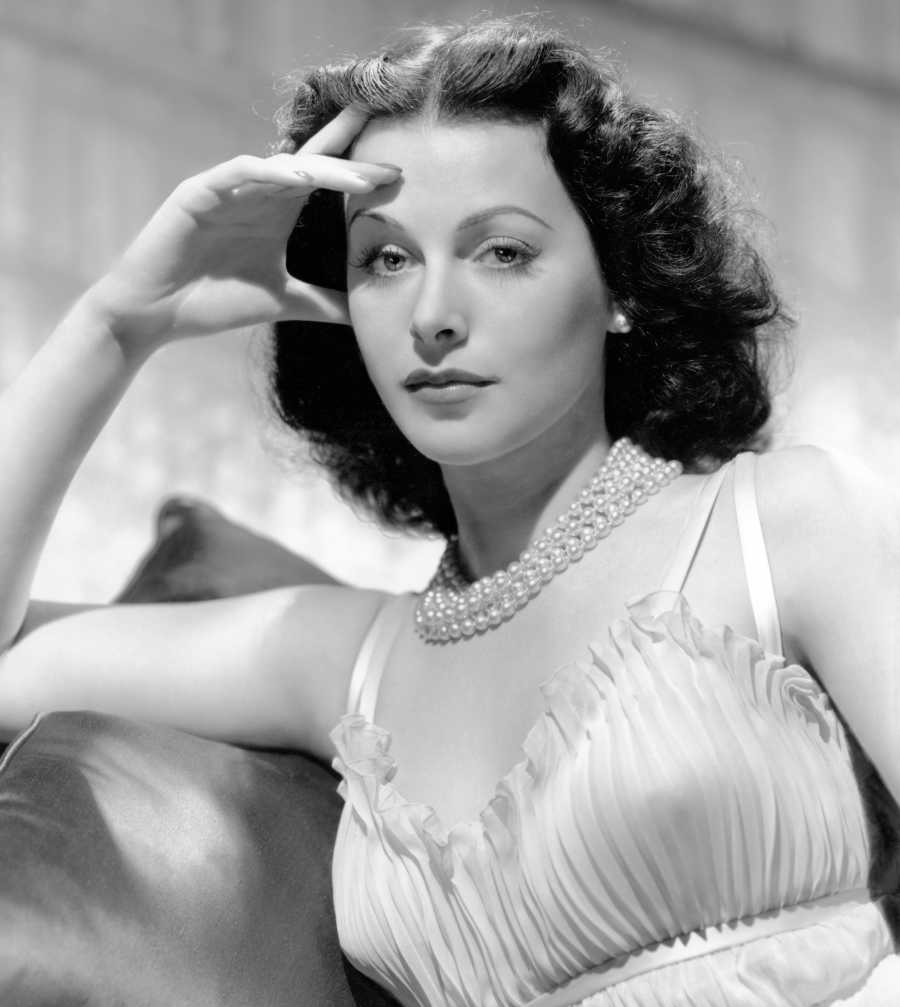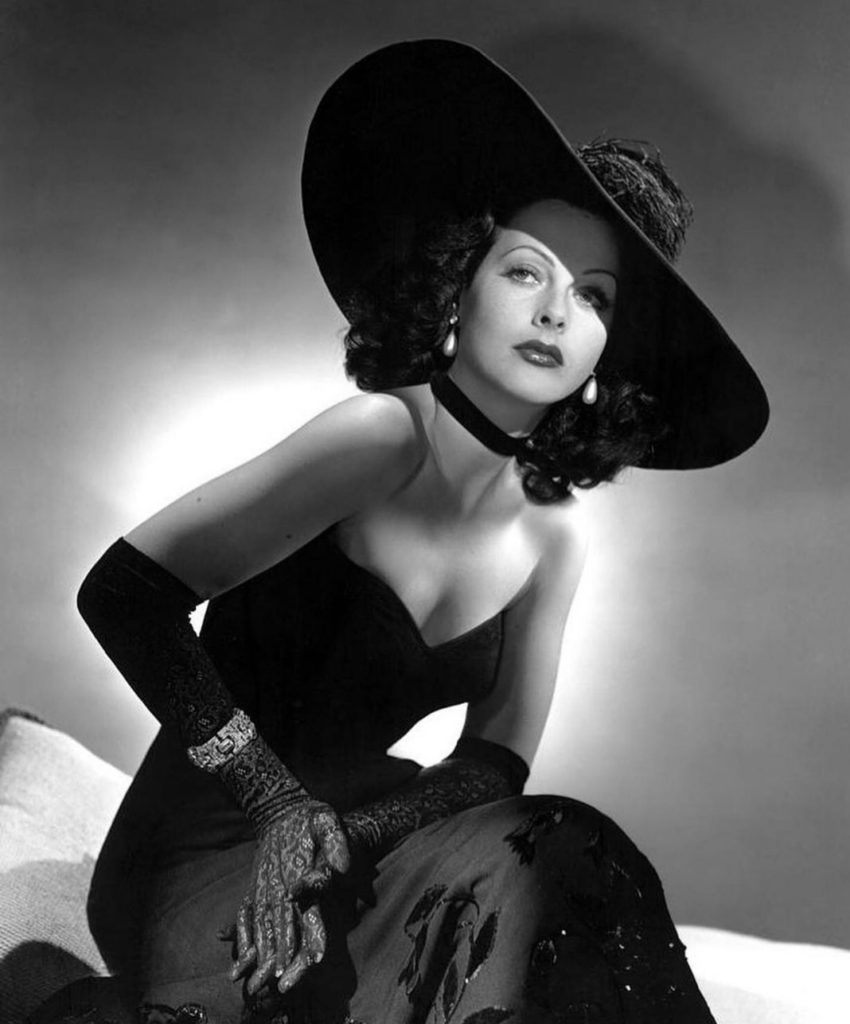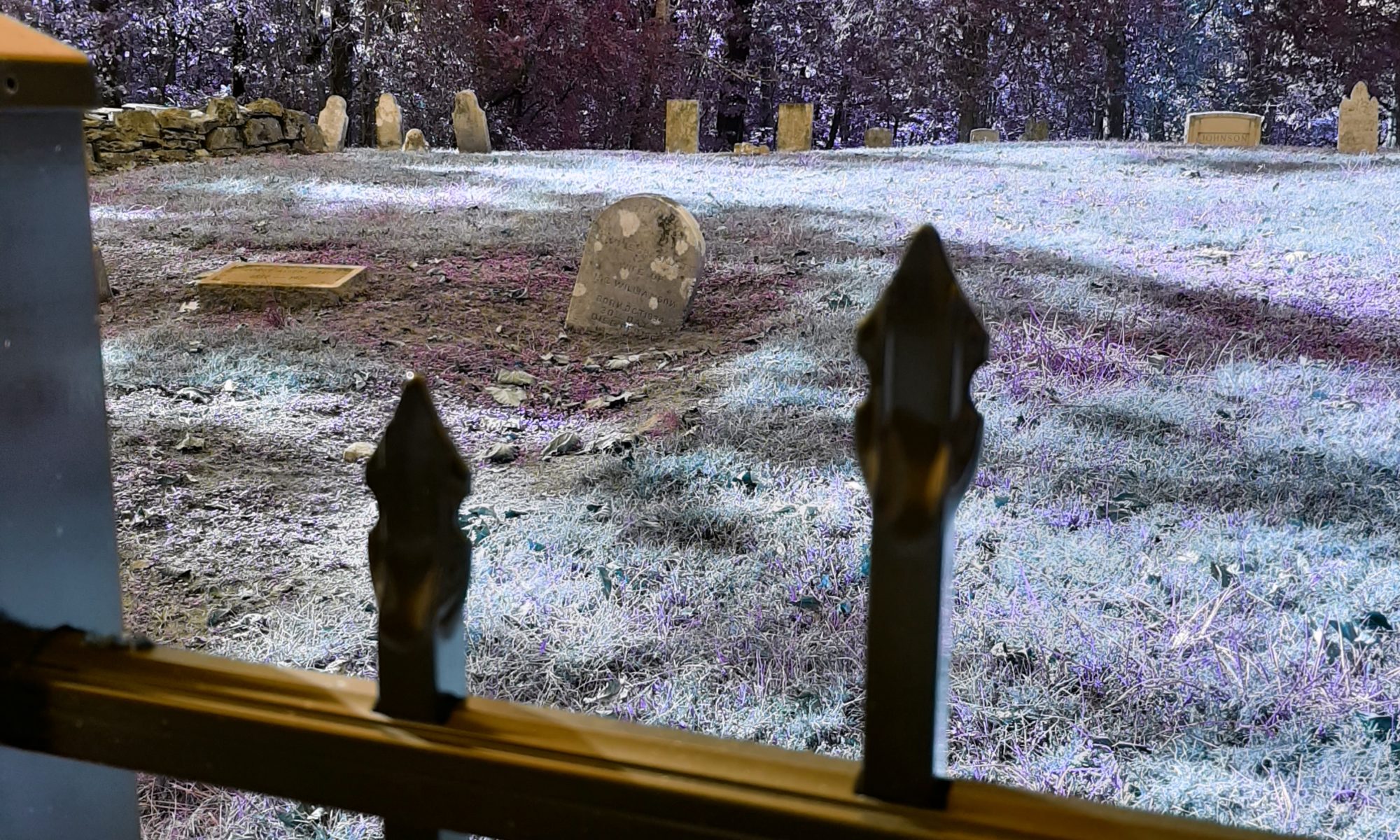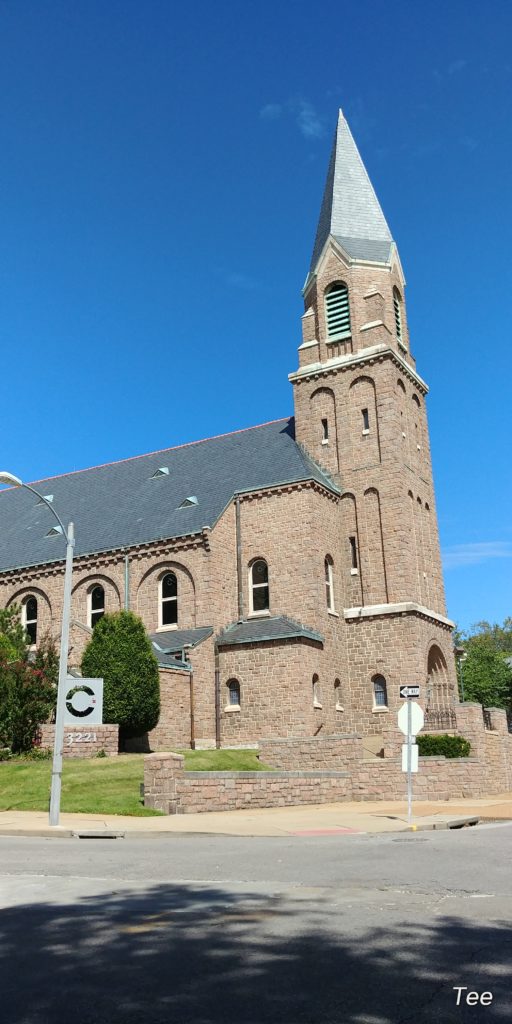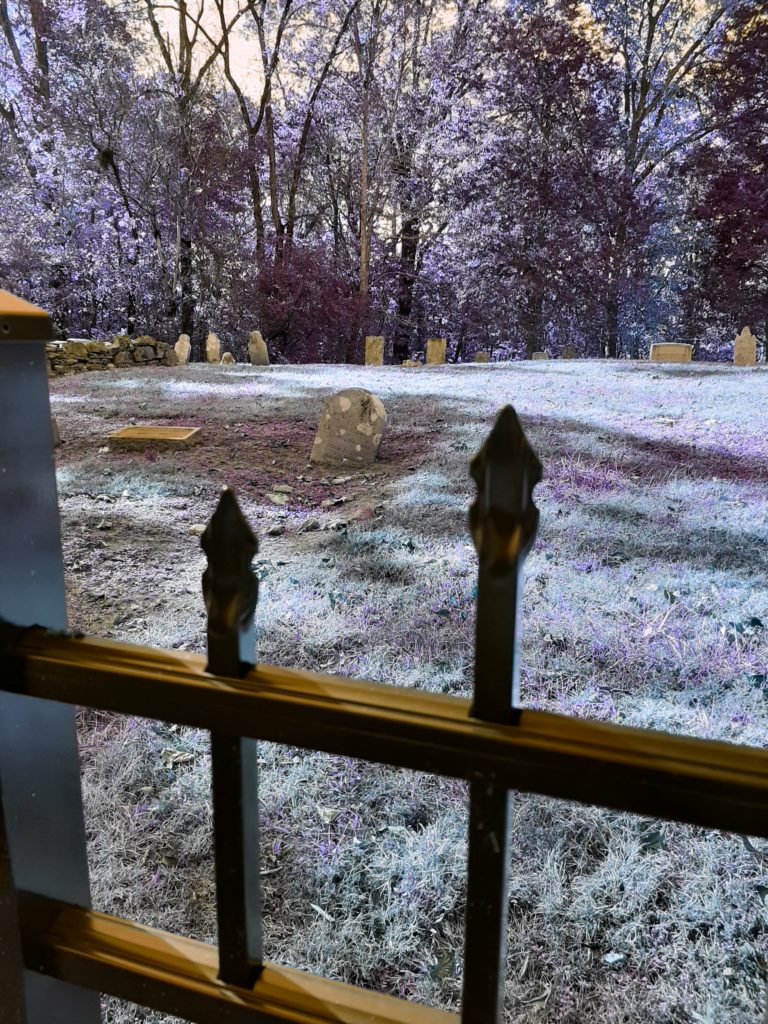Think influencers are as new as Social Media? Think again!
You think the Kardashians started the influencer crazy? Social media as the downfall of our young people? Fads of following the famous?
Long before Instagram and TikTok, the internet and social media, before filters and photoshop twisted our vision of ideal and unattainable beauty, there were real celebrities. Movie stars and before them, the drawings in newspapers of ‘the ideal women’.
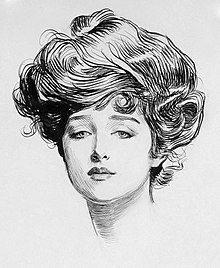
Ideal Woman
Long before movie stars even had names and vaudeville had its favorites, there was the ‘Gibson Girl’, the Coca Cola Girl and the Biograph Girl and Vitagraph Girl.
The Gibson Girl, was the ideal woman, She was active, progressive, attractive and yet the ultimate feminine female. First appearing in magazines and newspapers such as Life and Harper’s Weekly in the 1890’s. The Gibson Girl is said to be based on Camille Clifford.
The Biograph Girl was Florence Lawrence, who was one of the first named motion picture stars. The other was Florence Turner, the Vitagraph Girl, who when making appearances would hand out personalized photos
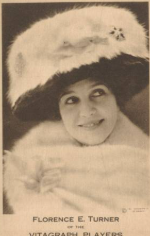
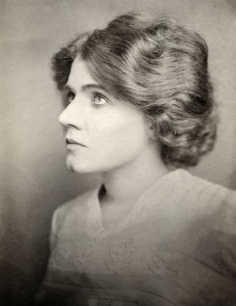
The Best Foot Forward
Hollywood soon followed. The actress Joan Crawford never left her apartment without full makeup and glamor because as she said “People expect to see a movie star”!
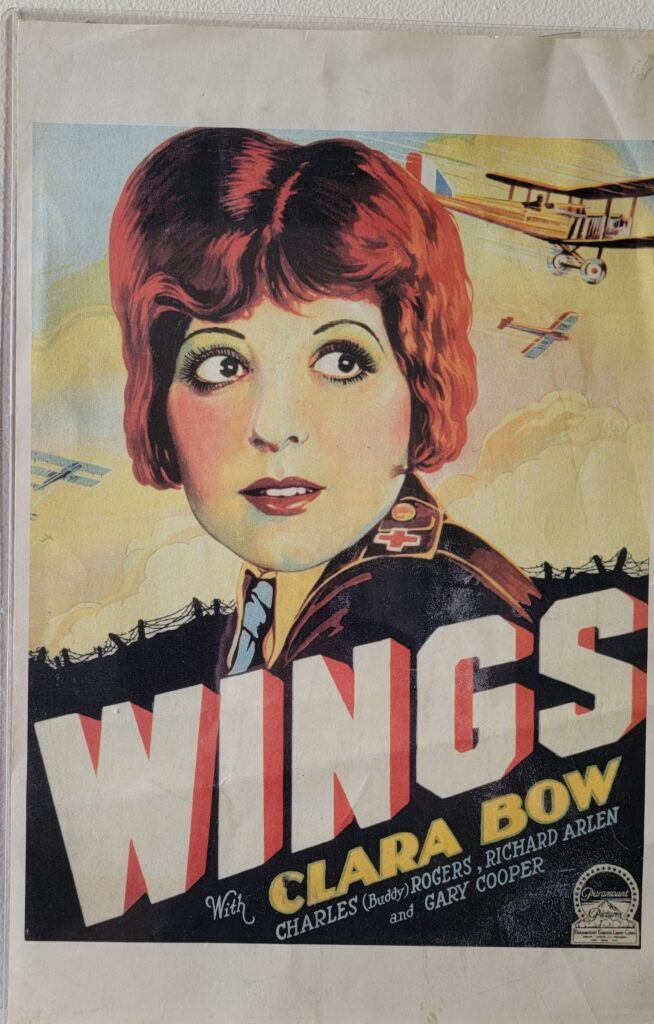

Mary Pickford was the girl with the curls. Everyone wanted to look like her. There was the waif or waifish, Lillian Gish, The It Girl, Clara Bow (also a flapper). In the 1940’s everyone wanted the Veronica Lake hair. Marilyn Monroe, Twiggy in the 60’s, Farrah Fawcett in the 70’s
Influencers are nothing new, most Hollywood stars would appear in advertisements for beauty products. These women embodied the idealized, perfect woman, what woman should strive to be.
The beauty industry has long been a major contributor of the decline of the mental health of women. Using our favorite stars to hawk beauty products, making women, younger and younger, feel worse and worse about ourselves. Even young girls are scared to get old. Anti-age this, and stop aging that. Why do we hate old(er) woman or getting old??
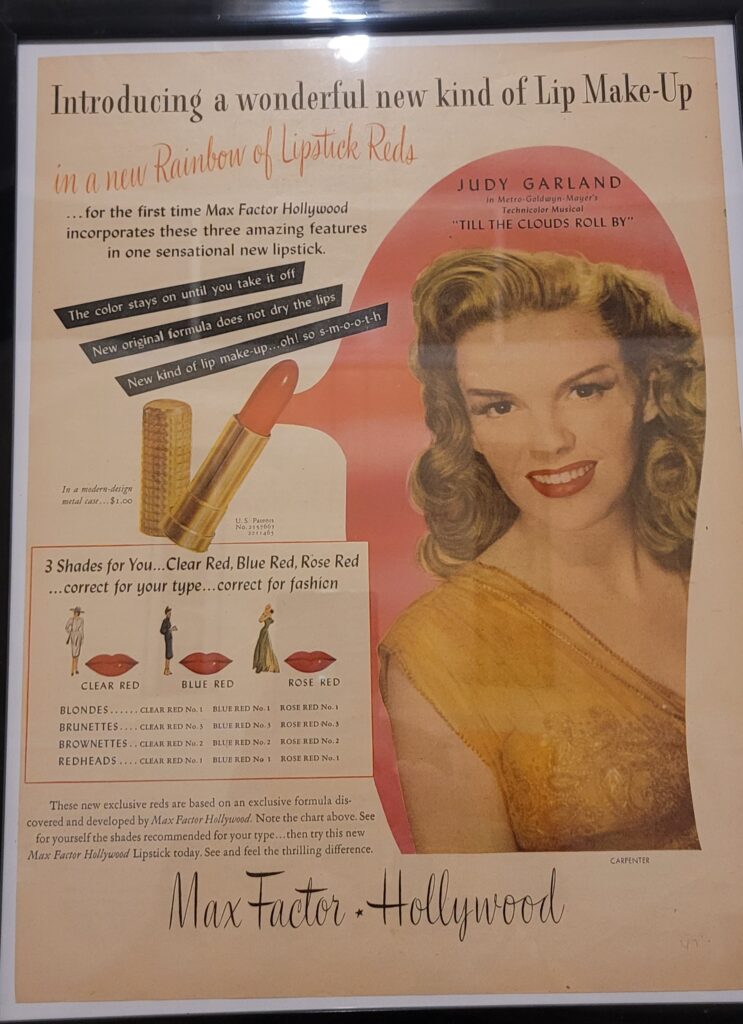
As Lucy Moore states in her book “Anything Goes, A Biography of the Roaring Twenties” it was during the 20’s when psychology and research was used. Cigarette ads like Lucky Strikes were linked to female emancipation. Smoking meant freedom. And dying your hair and wearing lipstick wasn’t just for “the fallen woman”.
It wasn’t until the 1980’s where girls began to form their own individuality. Madonna, Cyndi Lauper and Grace Slick. But even then, girls wanted to just like them!
Even today, in the “Everyone and everybody is beautiful, big is in, all bodies are beautiful age, we still see ‘use this face cream to stop wrinkles’ ‘look younger and more youthful’ use this hair dye.. Older women aren’t supposed to be sexy. Yet the messages are still be you, be authentic, just do it while using this product, everyone does! Its the standard of beauty you too can attain. Only you can’t.
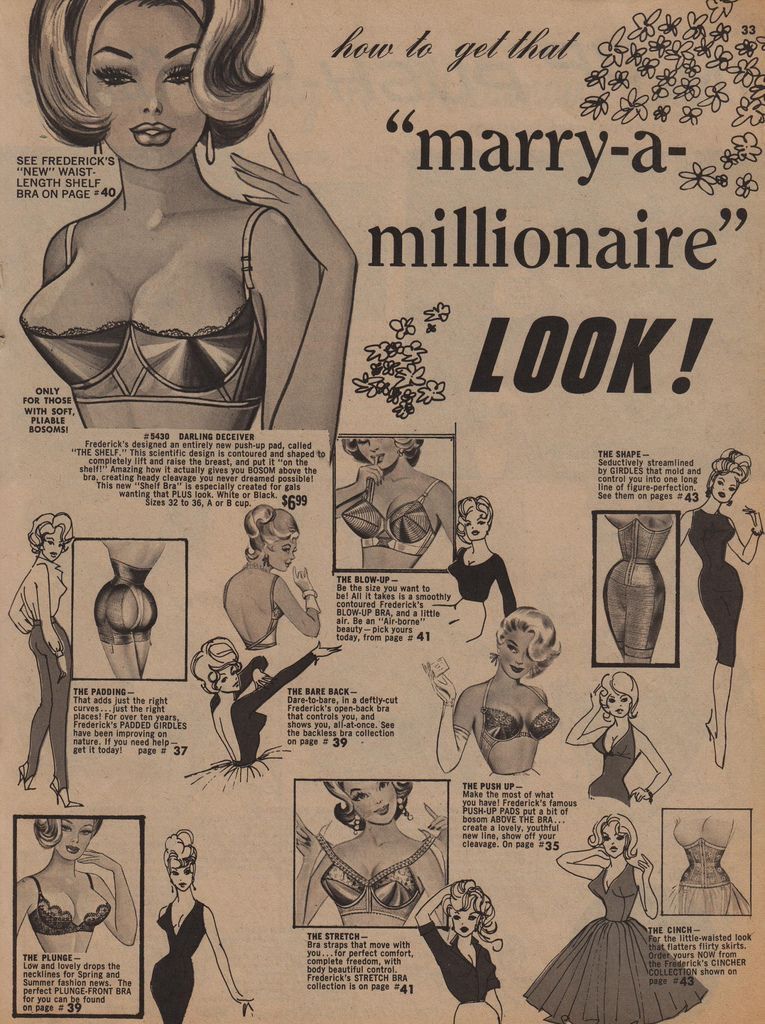
Social Media
Influencers/Youtubers/ Creators/Tictokers and so called social media celebrities, what a load of crap. They are paid highly to get you to believe what they post is reality. Filters and photoshop so much, if you saw them in real life you wouldn’t even think it was the same person!

Snake Oil
Years ago they were called Snake Oil Salesmen. People who would travel from town to town selling their goods…’Look younger and attract a mate, look darker, look lighter. Make your skin glow.’ They would be run out of town for selling lies.
Lasting effects
The ads and media scrolling doesn’t just affect women and girls, men and boys see this and think that is what women should be. How they should act and dress. They have an unnatural idea that they will find a woman or girl like that and when they don’t, they wonder why or keep leaving to go find her.
This goes back far beyond the printed advertising, even ghost signs, telling woman they are not enough as is, be sexier if, whiten your teeth, erase your wrinkles, use this corset, wear this wig, this product,that product.. be the happy housewife…. and on and on. Only now ad fillers, botox, boob jobs, laser peels, ect.
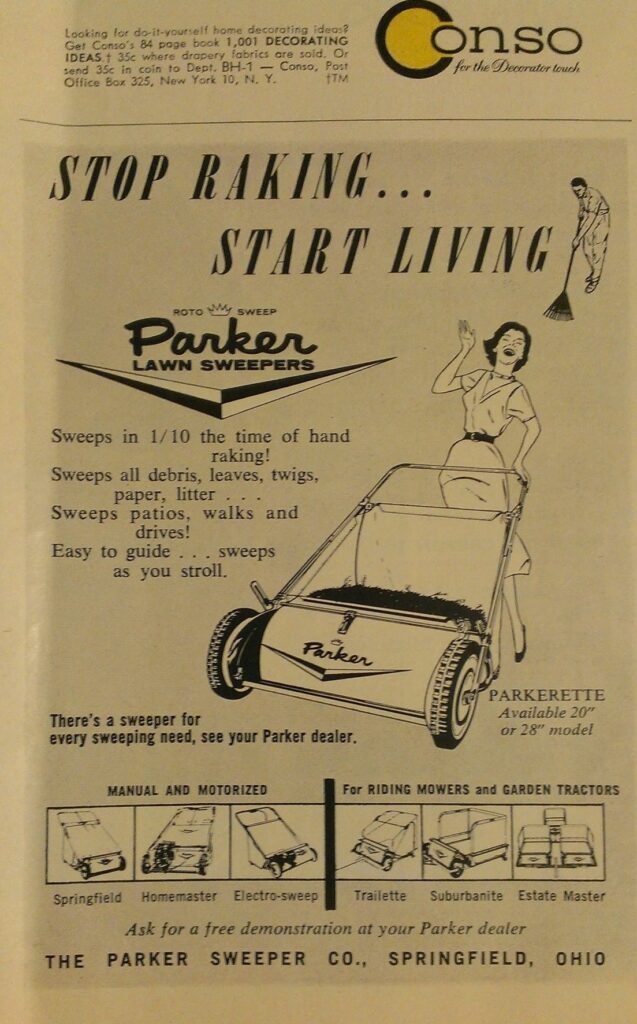
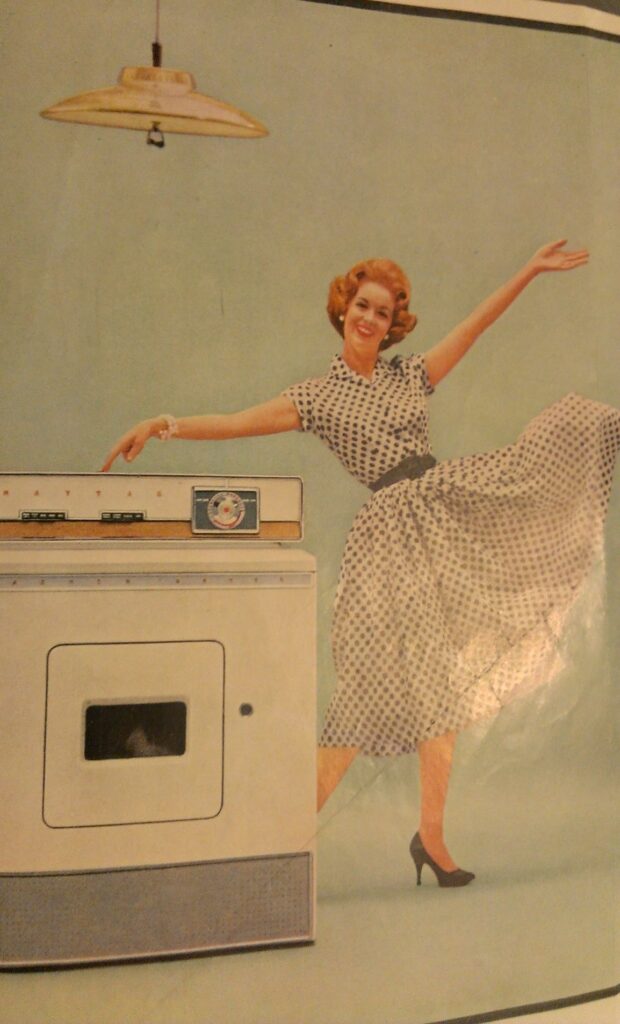
Watch out!
Do you follow or buy something just because your fave star/celebrity or ‘influencer is using it?
Snake oil salesmen are still out there, they just use filters.


